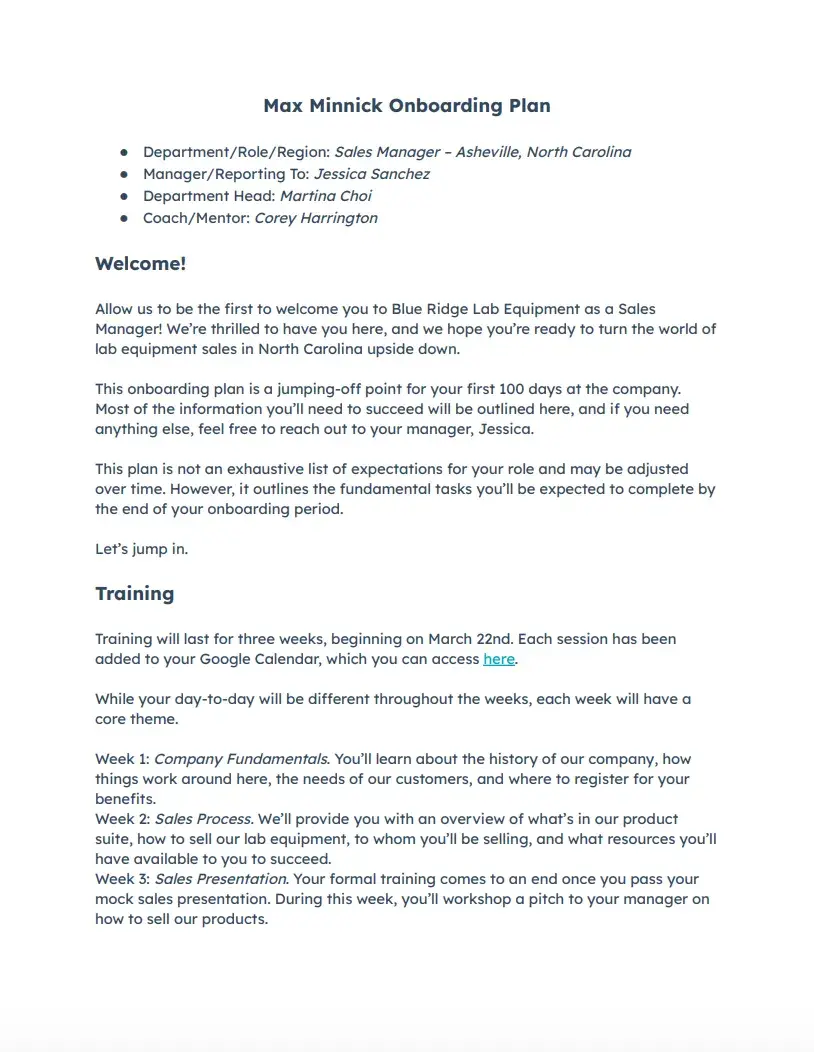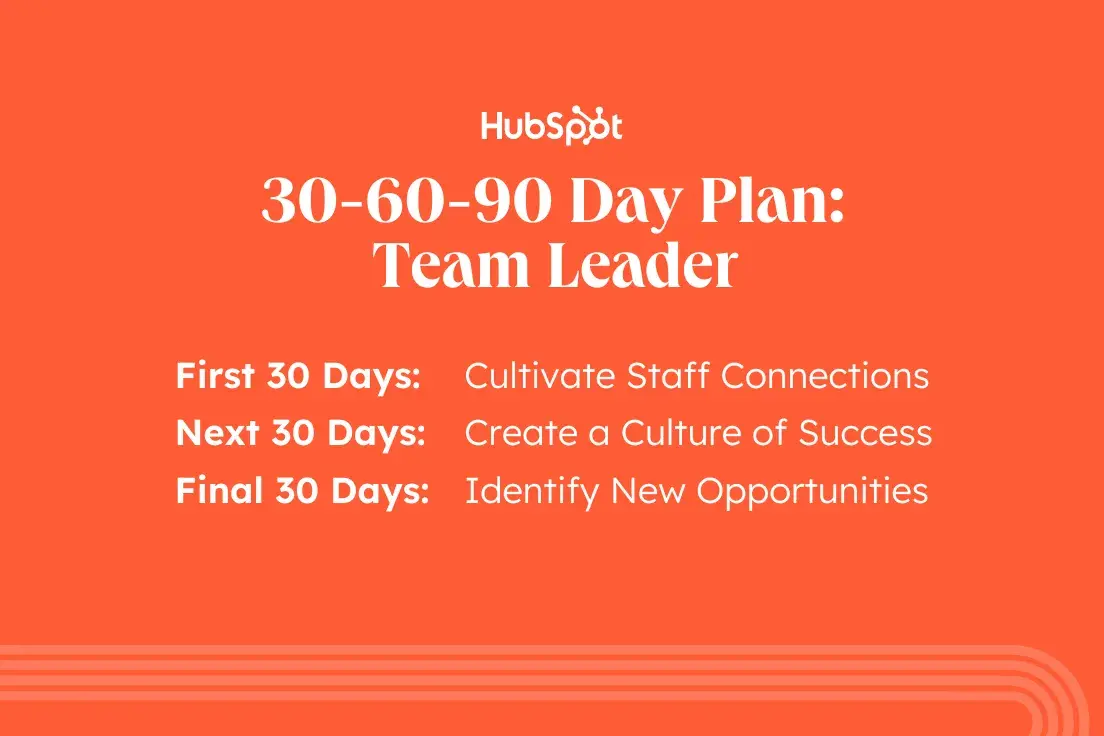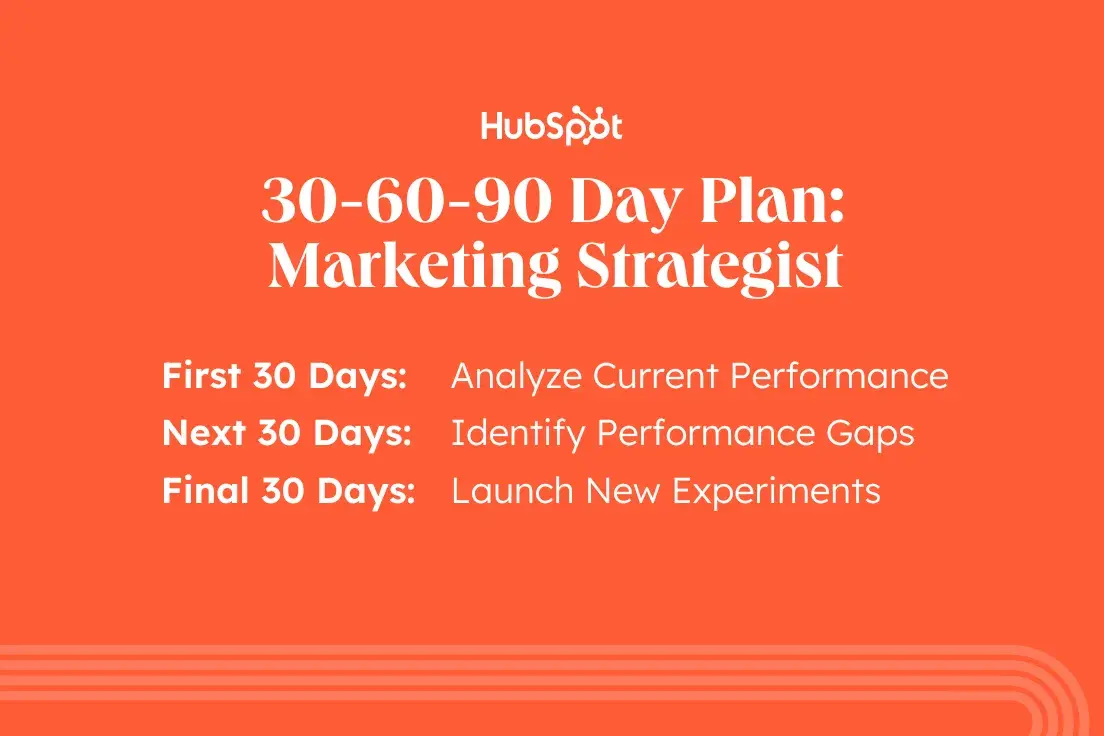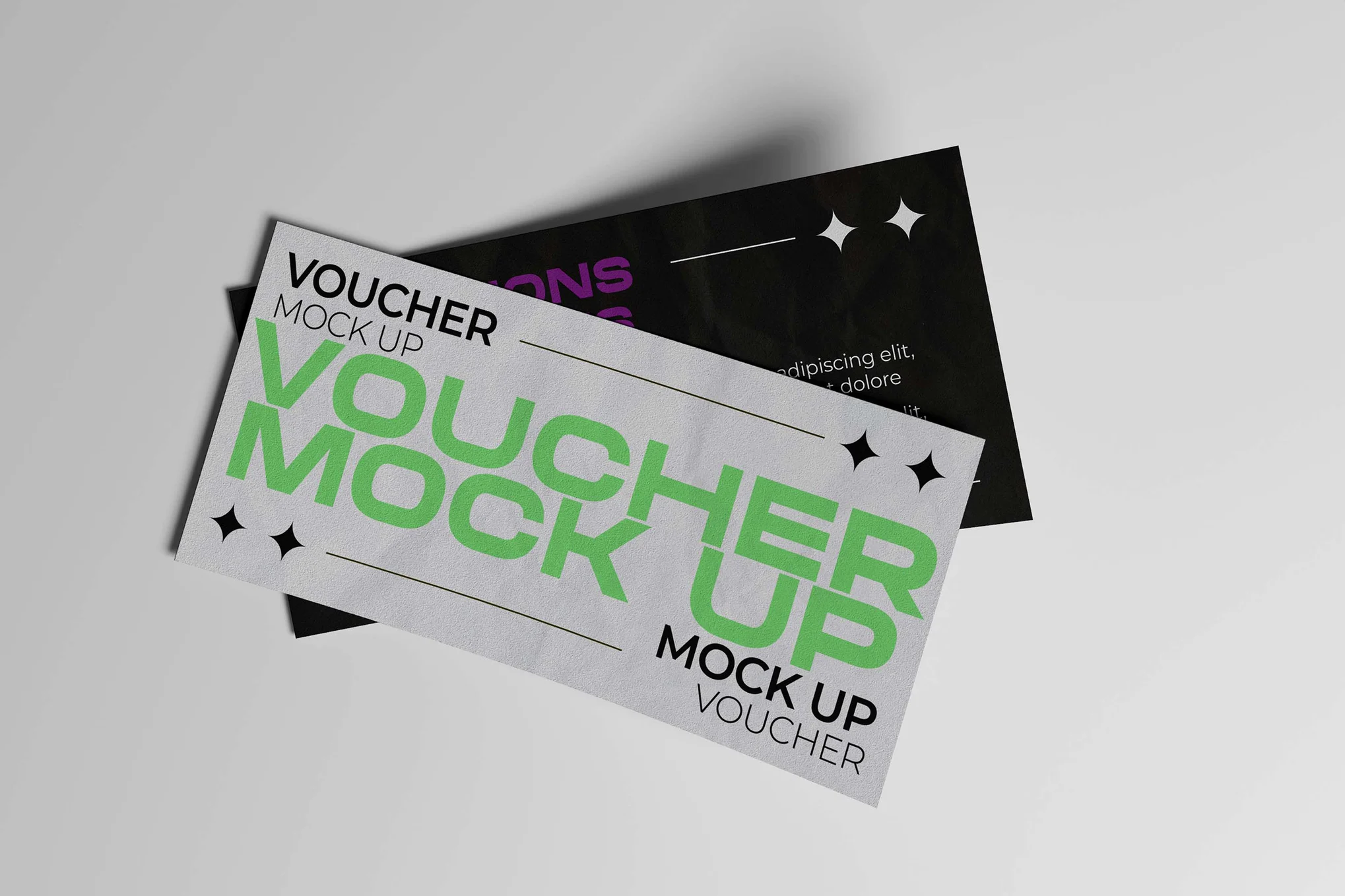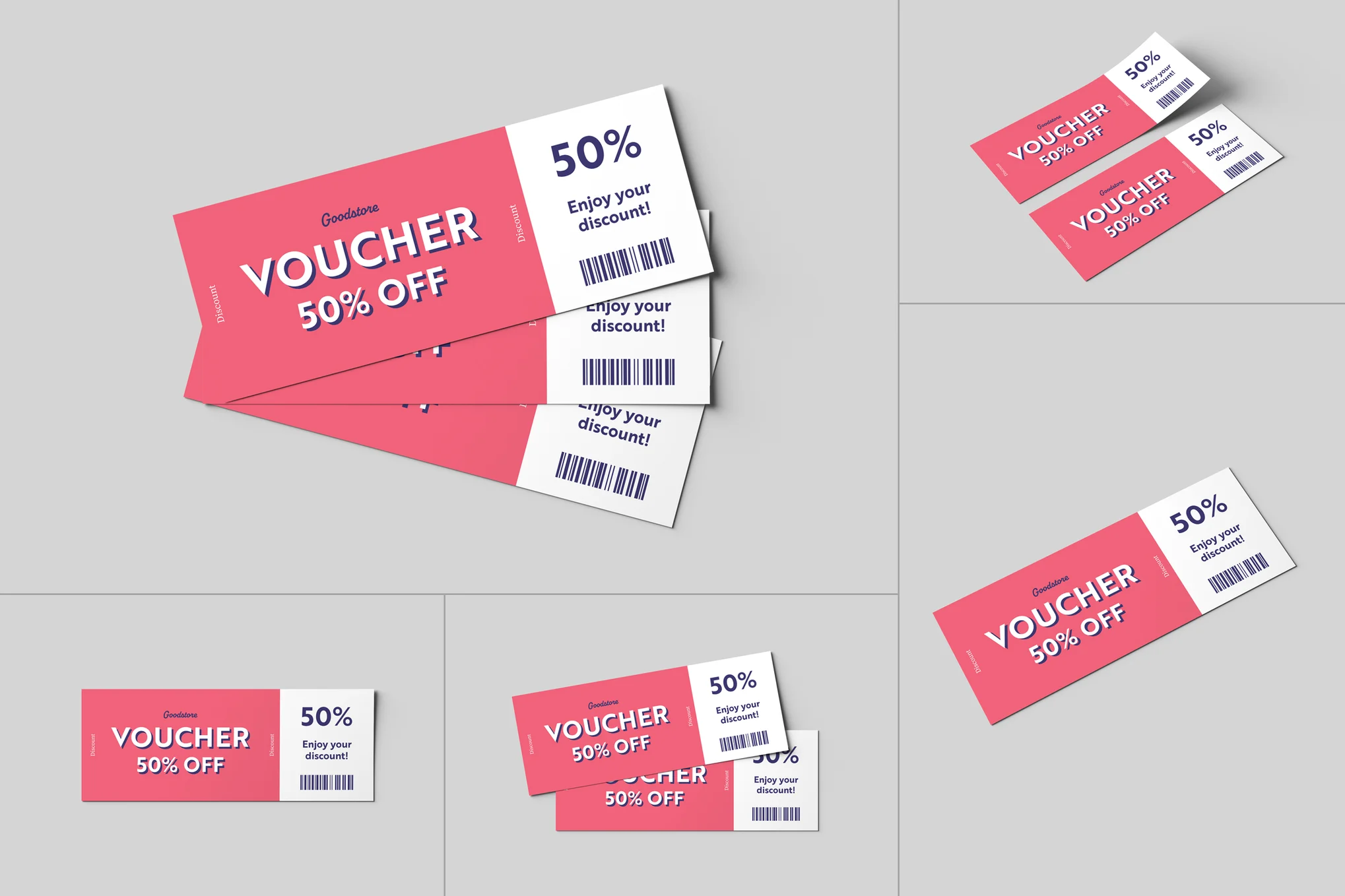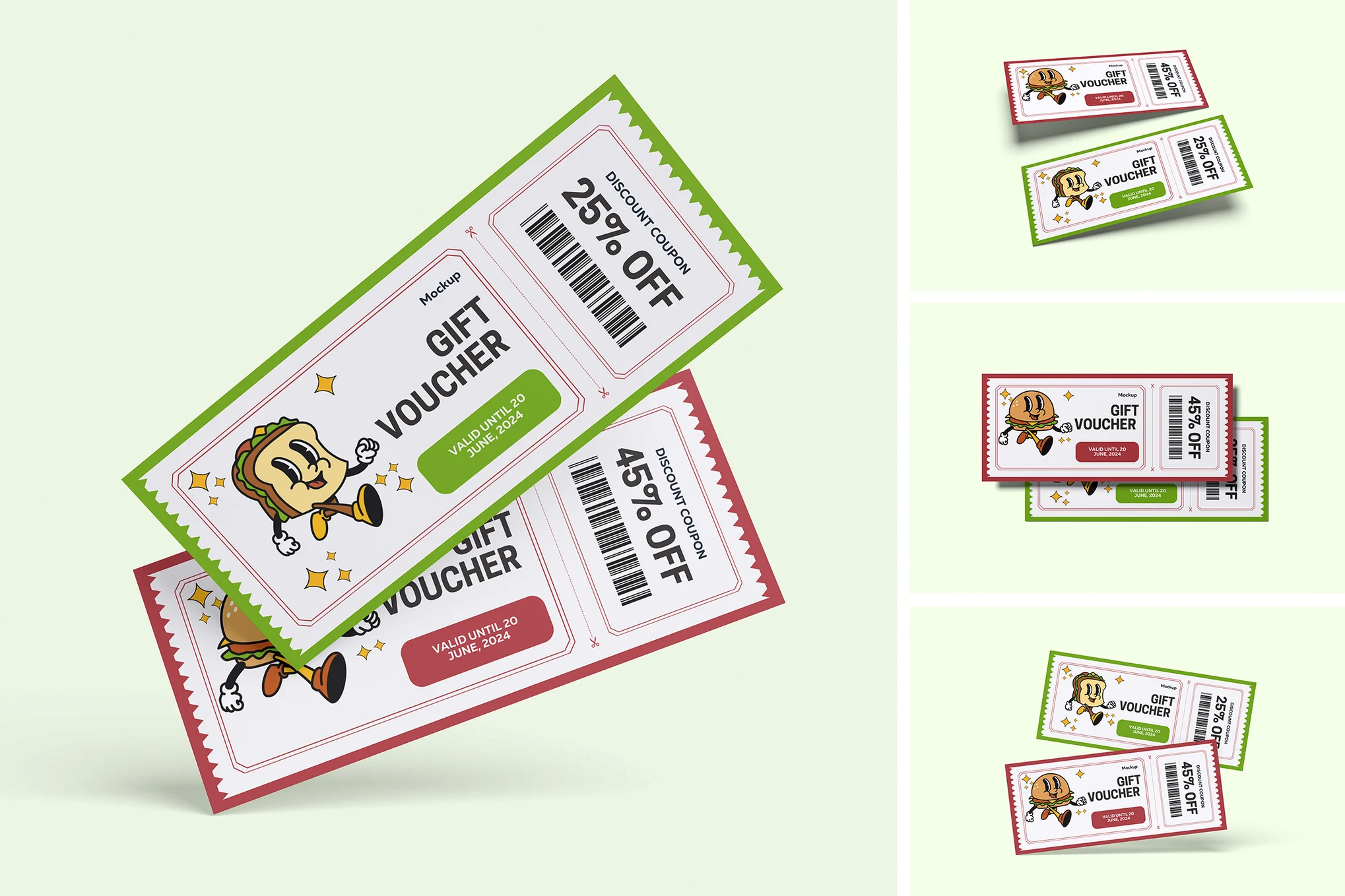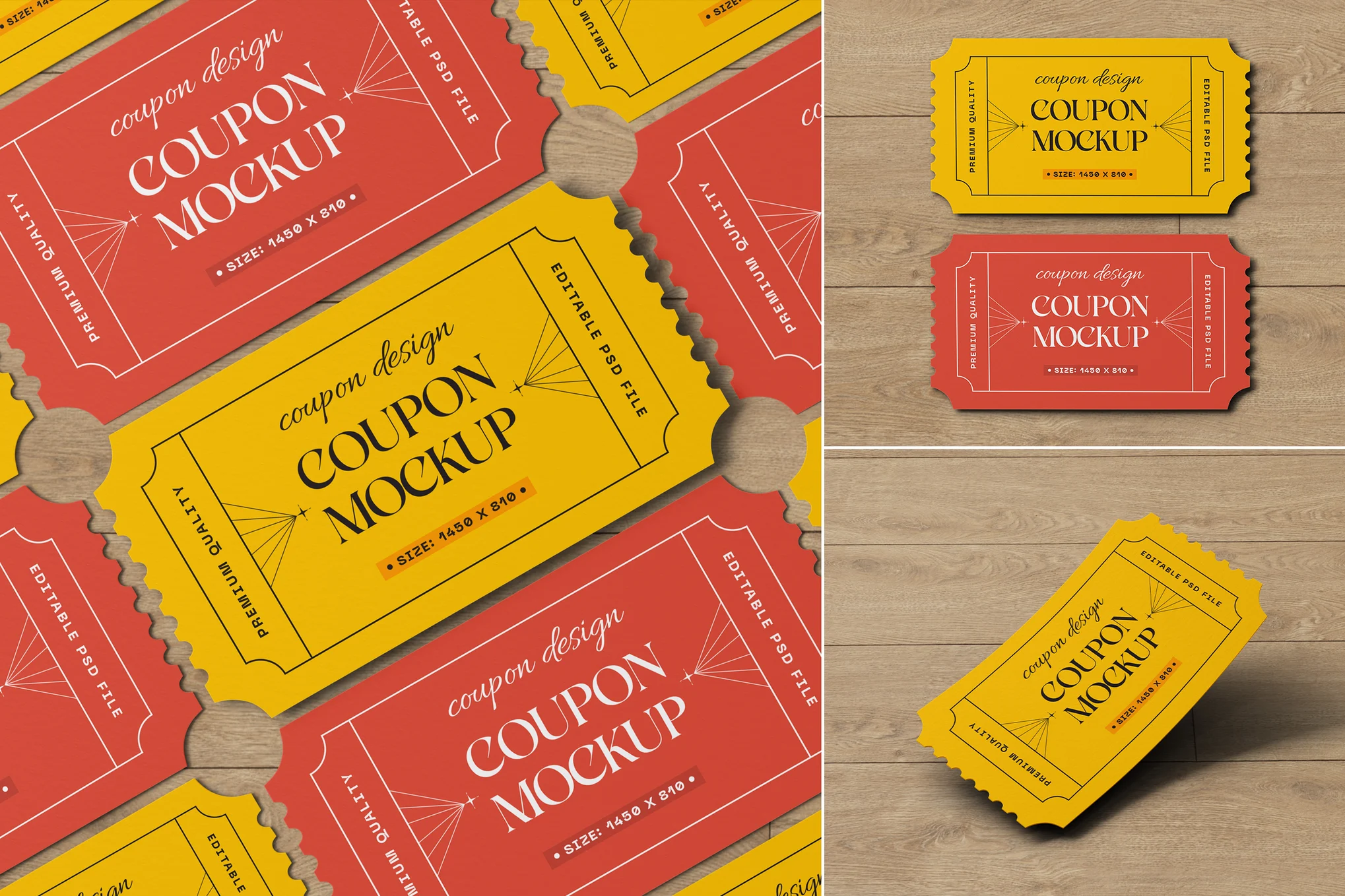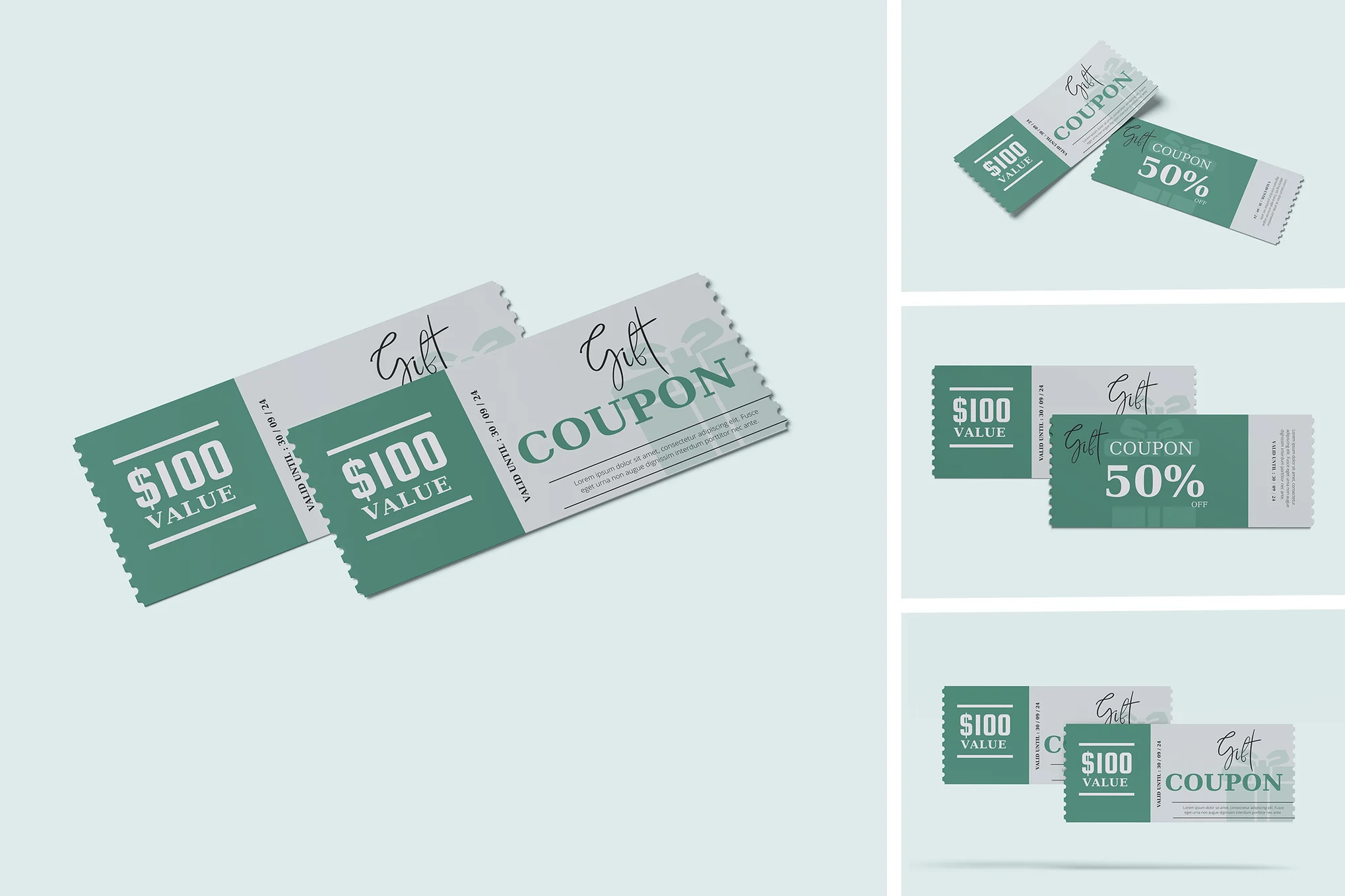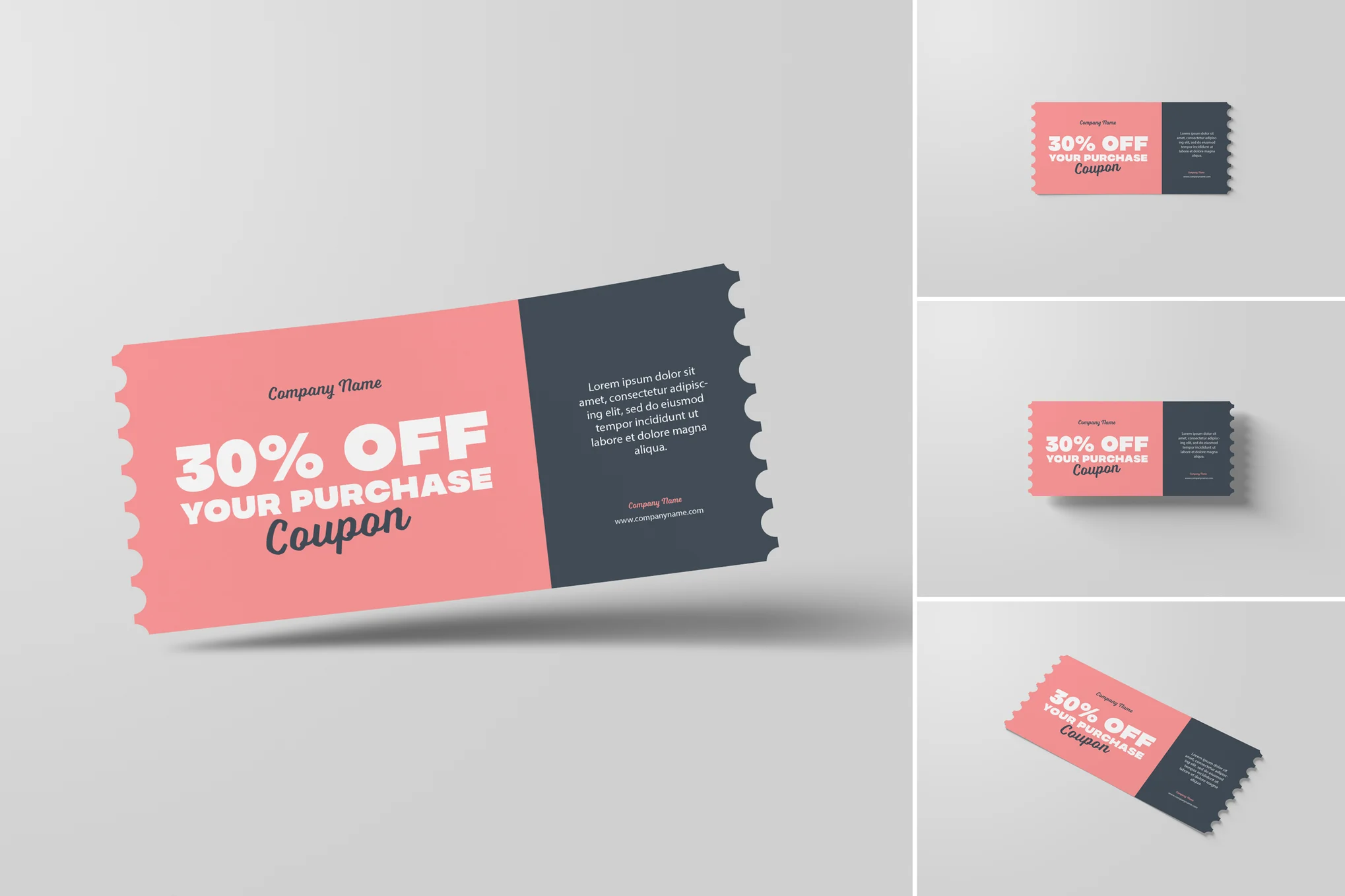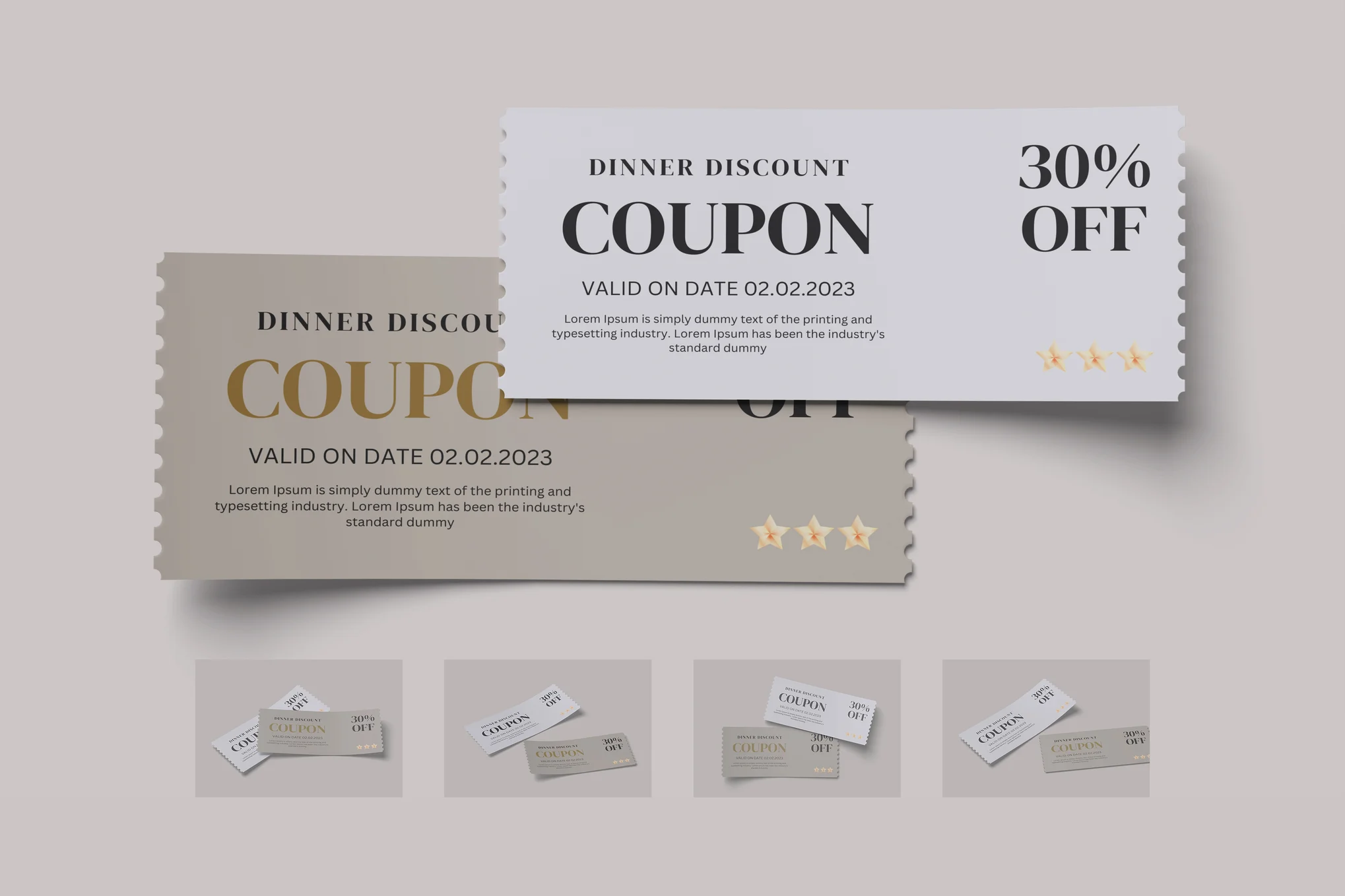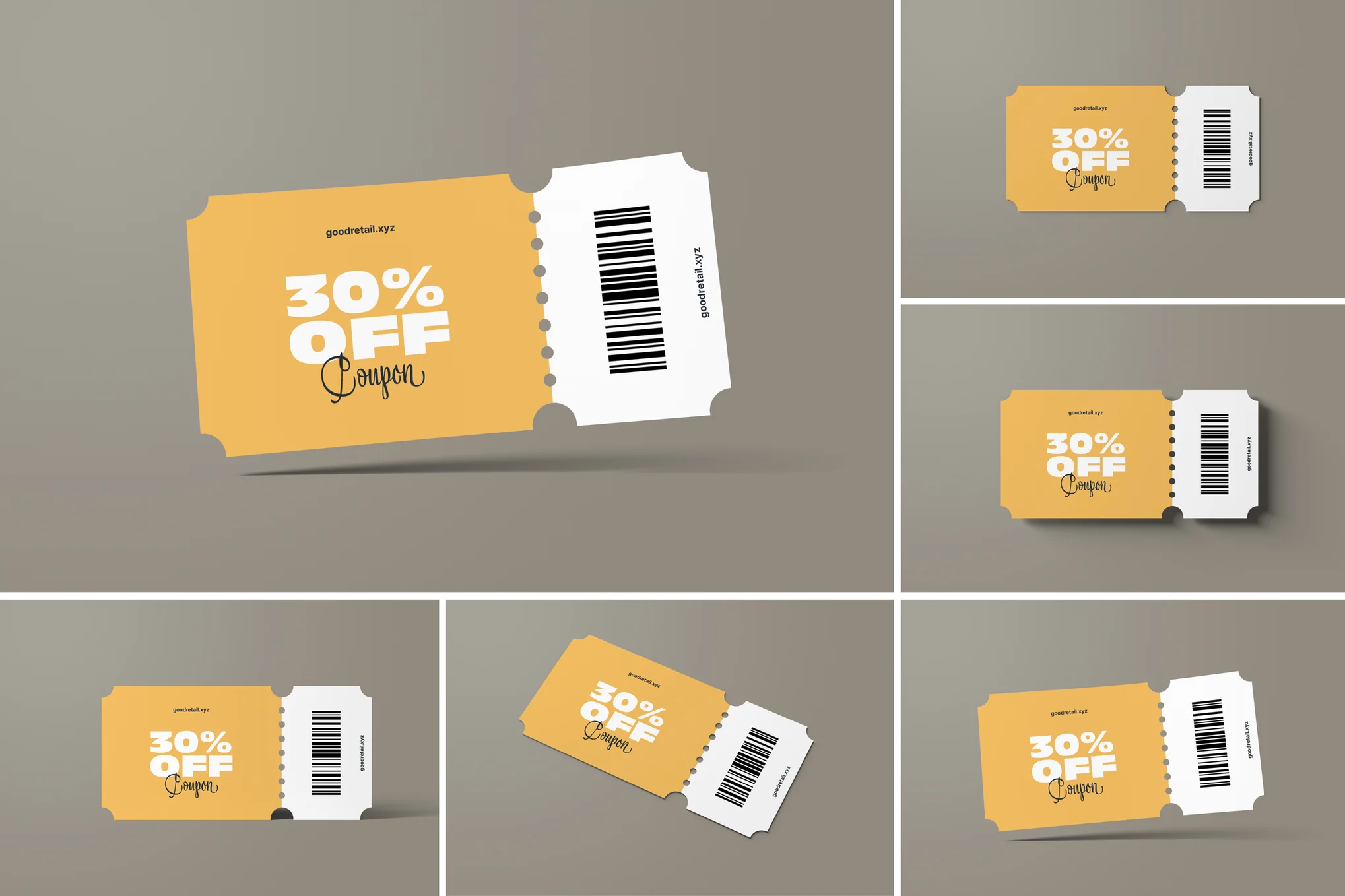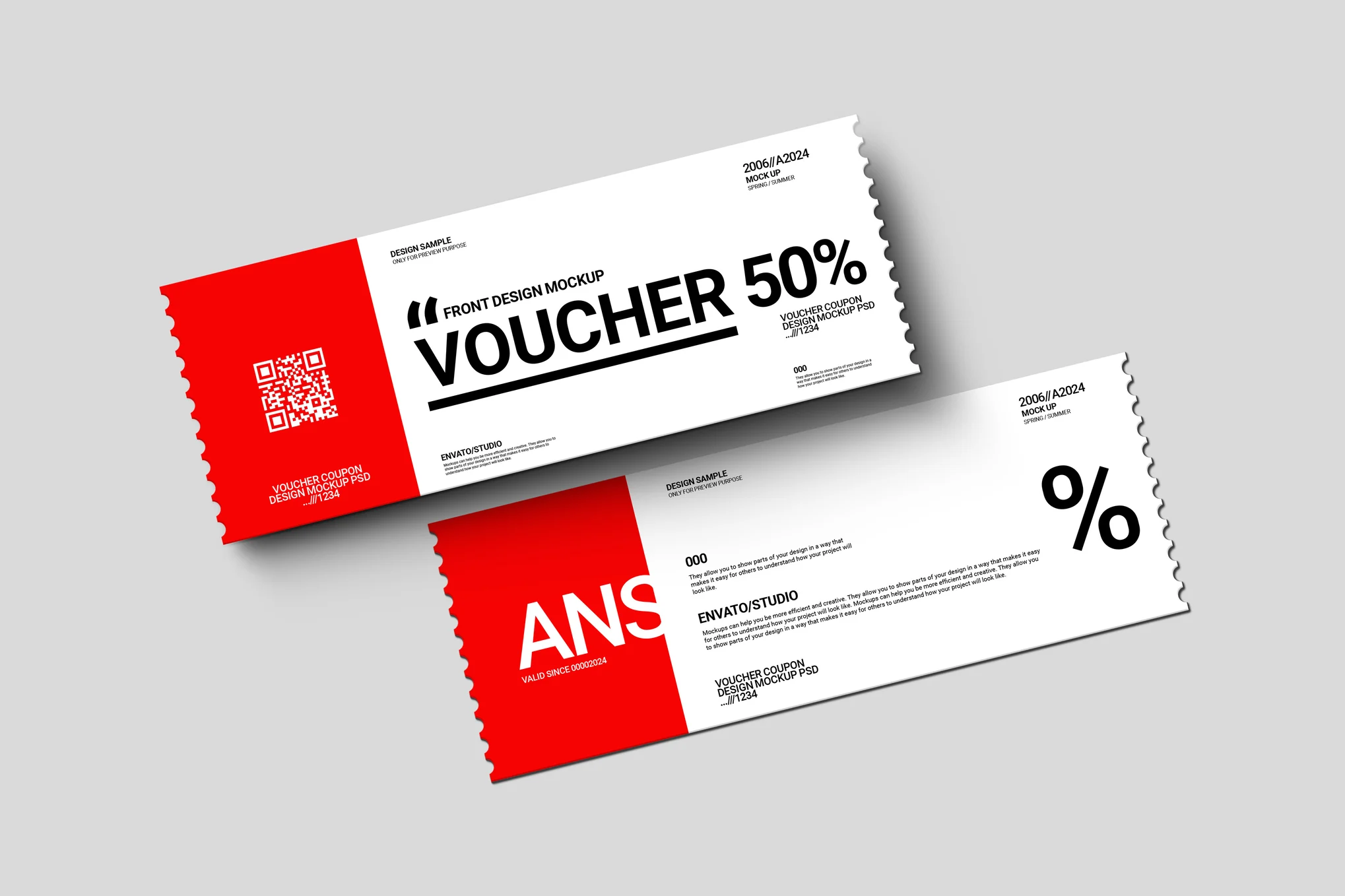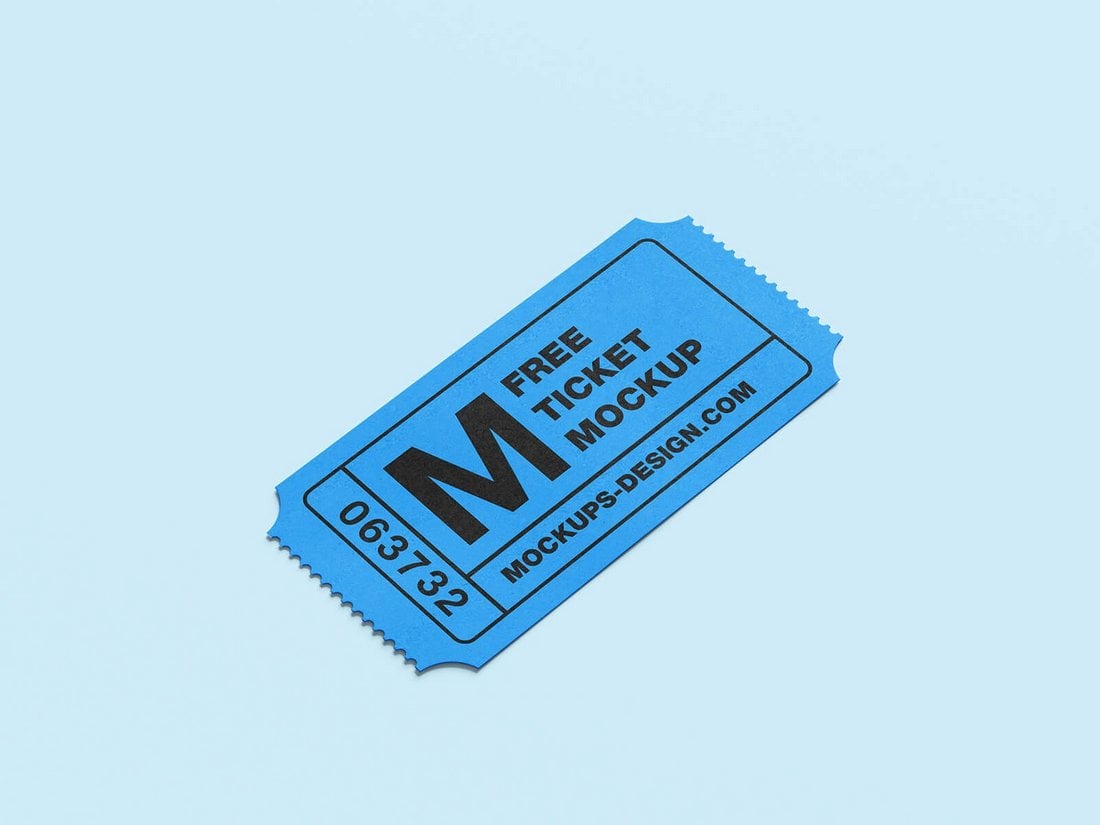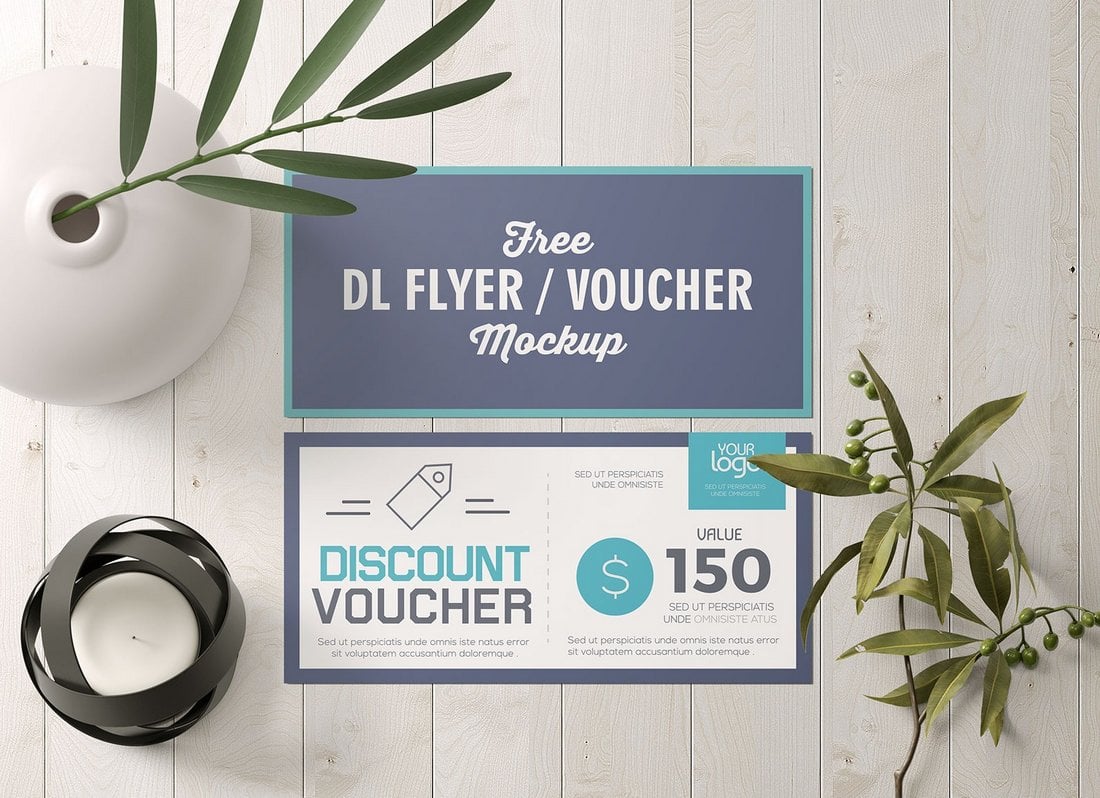Logo design plays a crucial role when it comes to the success of a business. And great logo mockup templates not only help you better present your logo design but can also make your logo design process more streamlined and efficient.
In order to help you present a logo design to your client in a super-polished way, we’ve gathered the best logo mockup templates from across the web.
All of these logo mockups are easy to use and can present your logo beautifully. Some are free, while others cost a few dollars.
Are you in the middle of a logo design project? Don’t forget to check out our in-depth guide on how to design a logo!
What Is A Logo Mockup?
A logo mockup is a template you can use to present your logo designs in a more realistic and creative way.
Logo mockups come in all kinds of designs and with different background environments and layouts such as business cards, wood surfaces, signage, and more. These help you to present your logo designs to clients to show how the logos would look like in a real-life environment.
For example, if you’re designing a logo for a business card, you can use a logo mockup with a business card background design to show your client how the logo would look like when it’s printed on a business card.
How to Use a Logo Mockup Template
Using a logo mockup is quite easy. Mockup templates are usually available in Photoshop PSD file format. Once you’ve downloaded the mockup template file, all you have to do is open the PSD file in Photoshop and then simply drag and drop your logo design onto the mockup template.
Most mockups even include smart object layers that makes it much easier to place your own logo designs in the mockup template with just a few clicks.
If you’d like to learn more, our tips for designing with a logo template are a great place to start.
This is a unique way to professionally display your logo designs on a realistic environment. Boasting a close-up view of a leather material, this PSD mockup comes bundled with smart-object features for swift and simple design replacement. The organized layers, folders, and 300 DPI make it more accessible and easier to use.
A thoughtfully designed logo mockup that will elevate your design presentations. Available in a high-resolution PSD Photoshop format, it is equipped with smart object features, enabling swift and seamless replacement of designs.
This is a high-quality logo mockup that allows you to showcase your logo designs on a realistic shop window background perfectly. With easy editing, smart object support and organized layers, it gives you full control over your end product.
A professional, easy-to-use logo mockup for showcasing designs. With its high resolution of 4500x3000px and 300 DPI, your designs will be at their best. It features a realistic-looking concrete wall background.
This mockup allows you to effortlessly bring your logo designs to life with a sophisticated metal effect. Easy to customize using smart object layers in Adobe Photoshop, this mockup features a high resolution of 3000 by 2000 PX at 300 DPI, with no additional plugins required.
A stunning and versatile logo mockup that will make any logo shine. Equipped with easy-to-edit, organized layers and smart object support, this high-quality template offers a realistic stainless steel finish.
This is one of the most realistic logo mockup templates on our list. You can use it to showcase various types of logo designs like a true professional. The template is fully customizable and you can easily place your logo design using smart object layers and even change the design of the backgrounds.
If you’re working on a logo design for a clothing or fashion brand, this mockup will help showcase your design in a more attractive way. It features a mockup that makes your logo look like a rubberized logo.
Whether you’re working on a logo or signage for a business, you can use this template to make your logo design appear more real and natural in your presentations. The template comes in a fully customizable PSD file with smart objects.
Showcase your logo designs in a creative and natural environment using this beautiful logo mockup. It comes in a PSD file with organized layers for you to edit the mockup design however you like.
This is a free logo mockup template you can use to give an engraved look to your logo designs. You can easily place your logo in the mockup using smart object layers and even switch between 3 backgrounds.
This mockup template comes with a realistic stamp-style design. It’s ideal for showcasing your badge and emblem logos. It allows you to show your logo design both on the stamp as well as the paper.
This pack includes 2 amazing mockup templates that let you showcase your logo designs with a debossed effect. It also features customizable backgrounds and smart objects for easily placing your design on the mockup.
A collection of paper mockups for showcasing your logo designs. These mockups feature realistic paper mockup designs that will surely be useful when showing off your logo and branding projects.
With this pack, you’ll get a two-in-one deal. It includes mockups for both your logo designs as well as your business card designs. There are 4 different mockup scenes in the bundle with organized layers and smart objects.
This is a free logo mockup template that features a rare design. It uses burlap material for the background, which will fit in perfectly with your logo designs for clothing and apparel brands.
Looking for a logo mockup template with a minimalist design? Then this mockup is for you. It allows you to showcase your logo in a realistic letterpress design. You can change its background color and adjust shadows as well.
You won’t find another leather debossed mockup with a realistic design than this one. It works perfectly for luxury brand logos. And it features an editable background for customizing the design.
Here we have a glass signage logo mockup that will help you showcase your design in a photorealistic way. It comes in 3000×2000 px resolution and 300 dpi, and thanks to smart layers, there’s absolutely no need to dread the work. Customizing it is as easy as pie!
Check out this collection of logo mockups, with each helping you visualize how your design would look on the wall of a corporate office. It comes in 3000×2000 pixel resolution and includes a range of lighting effects, and blur backgrounds.
Whether you need a logo for your street restaurant, salon, or patisserie, this mockup will come in very handy. Everything from the sign background color to the visual effects can be customized to suit your own branding. Check it out now!
Want to know how your logo would look like on a heavy wooden platform that’s attached to a brick wall? This free logo mockup comes in high-resolution and allows you to showcase your design in real-life settings. For a freebie, it offers a surprising amount of creative control in your hands.
Looking to give your logo an old-school, vintage look? Look no further than this glossy letterpress logo mockup. It’s sure to make the design beautiful and captivating, so much so that your clients will be left with no option but to give the suggested logo a thumbs up.
Here we have a super realistic, unique, useful, trendy, and stylish set of mockups. It provides you with the greatest way to present your creative logo design!
This mockup can be fully customized in Adobe Photoshop. You can edit the design with ease by using the smart object. An excellent product that you must give a shot to.
Check out this clean, and simple mock up that is great for presenting your logo designs. It is easy to edit your designs with smart objects as well as change background color to fit your designs.
The mockup comes in 4000 x 3000 pixels resolution so it enables you to share your logos in a high-quality scene rendered realistic thanks to the soaring seagulls, the shining sun, and the building details.
This Photoshop resource comes with multiple artwork placements, allowing you to pick your priority and choose between sharing the vinyl logotype of the store on its own or displaying it with window artwork for sales, new collections, or themed decoration.
A unique logo mockup template for presenting your logo designs with a papercut design. The template includes smart object layers for you to easily place your logo design in the mockup. As well as changeable backgrounds.
This logo mockup is perfect for showing luxury and high-end brand logos in an elegant way. The golden foil design with its editable background will definitely make your logo presentations look more professional.
This is a great free mockup template you can use to showcase your logo designs with a foil press effect. It features both gold and silver effects with a realistic leather texture to give your presentation an attractive look.
This is a collection of unique logo mockups featuring modern and creative designs. These are ideal for showcasing your logo designs in a more realistic environment. The bundle includes 6 different logo mockups in high-resolution and with real backgrounds. When using this pack of mockups, you’ll be able to choose from multiple designs. In addition, you can easily edit them using smart objects as well.
The realistic logo mockup templates in this bundle will make it tough to tell the difference whether it’s a real logo or not. This pack includes 11 PSD mockups you can use to showcase your logo designs in a professional way.
If you’re working on a logo design for a luxury brand, this pack of 11 mockups will help you showcase your logo designs in a professional way.
If you want to showcase your shop logo and signs in a more realistic environment, this mockup template is for you. It includes customizable effects and easily editable smart objects.
A bundle of high-quality logo mockups featuring hanging signs. It includes 6 different mockups with various designs. They are ideal for showcasing both logos and signage.
This free logo template is perfect for showcasing creative logo designs in your portfolio. It features a clean design with a textured background.
Another professional free logo mockup with a realistic background environment. This template lets you showcase logo designs with a 3D view. It includes smart objects for easier editing as well.
If you’re designing a logo for a brand or a product, this set of mockups will help you showcase your design as creatively designed labels. The pack comes with 7 different PSD mockups.
This is a bundle of 10 photorealistic logo mockups that allows you to showcase your logo and badge designs in various signage and shop environments.
A collection of hipster-themed logo mockups featuring modern-vintage designs. It includes 25 different mockups made up of real photos.
This is a bundle of 30 unique logo mockups you can use to showcase your logo designs in a professional way. The templates can be used with your personal and commercial projects.
If you want to showcase your logo design with a unique 3D-like look and feel, this mockup is perfect for you. It features a realistic 3D effect. And you can easily place your own logo in the mockup using smart object layers as well.
Use this logo mockup to showcase small business, store, and boutique logo designs as well as logo signs. This mockup is based on a real photo and comes fully layered with smart objects.
Working on a wall logo sign design? Then here’s a whole bundle of wall logo mockups you can use to present your designs. This bundle includes 6 different wall logo sign mockups featuring different background textures as well as overlay shadows.
This mockup template is perfect for showing off branded mug designs. The template allows you to easily showcase both logo and mug designs. It includes organized layers with separate shadows and changeable background.
This is a free logo mockup that lets you show off logo designs in the style of a wax seal. While this may not be a great mockup to showcase all kinds of logo designs, it’s certainly a unique approach to presenting designs.
Another wall sign logo mockup. This one features an opaque glass that offers a great way to show off logo and signage designs for restaurants, coffee shops, and even fashion stores.
A simple and clean mockup template for showcasing a logo template on a white paper. This mockup is ideal for presenting logo designs you’ve made for stationery such as business cards and letterheads.
This wall logo sign mockup is quite special. It allows you to showcase your logo as a wall sign while also giving it a 3D look and feel. The mockup is fully customizable and compatible with Photoshop CS4 and higher.
This is a collection of logo and wall sign mockups that are perfect for showcasing logo designs for luxury brands and businesses. The pack includes 4 mockups featuring different gold colors.
A pair of free logo mockup templates. It features 2 mockups that allow you to present your designs on paper and clothing. Both templates come fully layered and easily editable as well.
A set of 8 realistic shop and restaurant signage mockups that are perfect for showcasing your logo design. The templates are free to download and use.
A collection of 10 unique mockup templates for showcasing logo and badge designs. The mockups also feature real-photo based designs.
A set of 8 unique signage and logo mockup templates. The templates in this pack feature smart objects for easier editing as well.
This bundle of mockups templates including 10 different mockups in PSD formats for presenting your logo and label designs in a professional way.
Featuring metallic designs, this pack of mockup templates is perfect for showcasing your logo designs in a unique way with an engraved look and feel.
A simple yet elegant logo mockup for presenting modern logo designs. The template comes with smart objects and in a layered PSD file.
This collection of logo mockups feature 6 wood-based designs for showcasing your logo designs with a realistic engraved look.
This 3D wall mockup will allow you to show off your logo designs in a creative way. The template features smart objects to let you easily place your designs on the mockup as well.
This free mockup features a metal surface. You can use it to present your logo designs and show clients how the logo looks like on as a metal branding.
Showcase your logo designs on a building facade using this free logo mockup template. It’s easily customizable and free to use with your personal projects.
A stylish logo design mockup you can use to showcase your design with a 3D view. It’s also available in 3 different variations.
A bundle of 10 unique logo mockups made specifically for logo and label designs. These mockups have been made based on real photos as well.
The mockup templates in this bundle feature simple designs that will make your logo and text designs look 3D.
This beautiful and unique logo mockup template can be used to present many types of modern logo designs. And it’s free to use.
Rubber Stamp PSD Mockup
Here’s a very realistic rubber stamp mockup to help you create a distinctive showcase of your badge, logo or symbol.
Showcase your logo design on a stack of business cards. This logo mockup features a realistic background as well.
A bundle of logo mockups featuring paper-themed designs. These mockups are ideal for presenting business card logo designs.
If you’re working on a letterpress logo or label design, you can use this mockup to present your design to clients in a realistic environment.
The mockups in this pack also feature realistic backgrounds and include smart objects for easier editing. The bundle includes 10 mockups.
Another collection of 10 different logo and badge mockups. These mockups are available in 3000 x 2000 px resolution.
This is a two-in-one logo mockup template that allows you to showcase your logo design on both a label and a USB flash drive.
This free logo mockup is ideal for presenting your logo designs made for luxury brands and businesses.
Wax Seal Stamp PSD Mockup
The freebie of the day is an elegant, high quality PSD mockup that will allow you to showcase your logo, badge, monogram and more. The scene features a realistic wooden wax seal stamp with a wax sealed envelope. You can change the color of the wax seal according to your needs, and place your logo easily via smart objects.
This bundle includes 4 different mockup templates that include paper-based mockup designs in well-organized PSD files.
A collection of unique logo mockups featuring rusty and weathered backgrounds. These are perfect for vintage-themed logo and badge designs.
This free mockup template allows you to showcase your logo design on a wood wall. It’s available as an easily editable PSD file.
This is a collection of 9 unique mockup templates you can download and use for free to showcase your logo designs in various ways.
Another set of luxury-themed logo mockups featuring 10 different designs. These mockups also come in layered PSD files.
This is a complete bundle of mockups you’ll need to showcase your logo designs for a brand. It includes cardboard, letterpress, golden foil, and many other types of mockups.
A simple and an elegant logo mockup template you can use to showcase your modern and creative logo designs.
Make your logo design look like a wall sign using this free logo mockup template.
This professional and stylish logo mockup template will make your logo presentations look more authentic and stylish.
This set of mockups includes 5 different templates with various designs. You can use them to showcase all kinds of logo designs.
This bundle comes with 9 unique mockups that allow you to present your logo designs in a realistic environment.
A bundle of 7 unique mockup templates for showcasing branding-related logo designs. The mockups in this pack are available in layered PSD files.
Another collection of photorealistic logo mockup templates featuring paper-based backgrounds. These mockups come with smart objects as well.
Showcase your logo designs with a unique perspective view using this pack of logo mockups. It includes 6 unique mockup templates.
Whether you’re working on a signage design or a logo design you can use this free mockup to showcase your design in a professional way.
A realistic logo mockup featuring a paper-based design. This mockup comes to you as a fully layered PSD file with smart objects for easier editing.
Base on a real photo, this creative logo and label mockup template lets you showcase your designs in a realistic and creative environment.
Featuring a perspective view, this logo mockup template is perfect for presenting your logo design in a print paper background.
This unique logo mockup will make your logo design look like a paper cutout. The PSD file lets you easily edit the mockup using smart objects as well.
Showcase your logo design with a textured look and feel using this free mockup template. It’s available as a layered PSD file.
This massive bundle of logo mockups comes with 50 stylish overlay photographs for showcasing your logos. Each logo mockup in this pack features a mixed modern and vintage design and includes smart objects for easily placing your logos in the design.
A high-quality letterpress logo mockup that’s ideal for showcasing your designs in a stylish and a realistic way. This template is free to download and use for your personal projects.
This pack of logo mockups aims to make your logo designs looks as if it’s fresh out of the printing press. The realistic paper look will make your logos stand out in any presentation.
This free logo mockup template lets you showcase your logo designs in a photorealistic way. It comes with 2 PSDs in different perspectives.
If you’re working on a logo for a big brand store or a shop, this pack offers you plenty of store sign mockups for showcasing your logo designs in a professional way. The bundle includes 50 high-quality mockups in different sizes and beautiful surroundings.
This free template is perfect for showcasing logo designs you’re making for fashion-related brands. The template lets you show the logo designs as if it’s embroidered on clothing.
Showcase your logo in realistic cardboard labels, paper rolls, and more with this pack of logo mockups. This bundle includes 12 unique mockup templates for professional logo design presentations.
Another high-quality, yet free, logo mockup template for showcasing logo and signage designs. This mockup is more suitable for shoe, handbag, or other fashion branding work.
This is a curated collection of 8 logo mockups that offers several different ways of showcasing your logo, including on business cards, product tags, packaging, clothing, and more.
Show off your logo designs as a wall mounted sign using this free logo mockup template. The PSD is fully-layered and you can easily edit its smart objects to place your own design.
A collection of 6 beautiful logo mockups for showcasing your logo designs in a creative way. This mockups pack is ideal for showcasing your logo designs for a creative agency or a startup.
This minimalist mockup template features a vintage design for showcasing your logo design in a classic and a natural way. You can download this PSD for free.
The 11 unique logo mockups in this pack are simply perfect for showcasing your hand lettering logo designs and illustrations. The natural and creative look of the mockup backgrounds will certainly help add more value to your designs.
This mockups pack comes with 50 PSD mockup templates for showcasing your logo designs on real shops facades. It includes various types of shops, restaurants, bars, stores, and lets you showcase logos on windows, doors, entrances, and in many other ways.
The beautiful alternative and unique designs of the mockups in this bundle will let you show off your logo designs in a more original way. This bundle comes with 6 different mockup PSD files.
Rectangular Rubber Stamp PSD Mockup
Create a realistic stamp impression for your logo or badge presentations with this new and original rubber stamp PSD mockup. This resource is completely editable and uses smart objects, so you can adjust it to your needs in no time.
Circular Hanging Wall Sign Mockup
Use this photorealistic hanging wall sign mockup to create a distinctive presentation for your next branding project. Just add your own logo inside the smart object and you’re good to go.
You can use this photorealistic mockup template to showcase logo or signage designs on a beer glass. The glass, logo, and the background of the template are also easily changeable.
A 3D logo mockup template for showcasing logo or signage designs on a building facade. It comes with fully organized layered, separated shadows, and editable colors for easier customization.
This bundle of logo mockups comes with 14 various mockup templates which you can use to present your logo designs in many different ways.
Hanging Wall Sign Mockup
Create a distinctive establishment display for your logo, lettering or signage with this photorealistic hanging wall sign PSD mockup. All you have to do is place your own design inside the smart object and you’ll be done in no time.
Mug PSD Mockup
A realistic PSD mockup of a classic coffee mug that will allow you to present a logo or typography piece in a natural way. To get a flawless result, drag and drop your design inside the smart object and change the background if needed.
Give your logo designs a creative hand-drawn look with this mockup set. The pack comes with 11 different mockup scenes and includes 5 special color fx filters for adding more style as well.
Showcasing your logo designs in an office interior environment will be easier with this bundle of mockup templates. It comes with 10 pre-made PSD files which you can edit to showcase your own logo and branding designs.
Cutout Logo Mockup
Realistic logo mockup with clean look and fine details, ready for your presentation. It works with any shape or text, using the Photoshop smart object feature.
6 Vintage Logo Templates
This pack includes 6 vintage-style logo templates that you can use as part of your branding, labels and packaging, awesome t-shirt designs, and so much more! All fonts used in these templates are available freely for download and are listed in the help file.
3D Wooden Logo Mockup
Showcase your designs with this photorealistic PSD mockup template. Just place your logo inside the smart object layer and you’ll get this great 3D wooden logo effect.
Burlap Logo Mockup PSD
A realistic logo mockup on burlap. The logo mockup PSD uses smart object layers in Photoshop, which requires CS4 or higher. All you need to do is double click the smart object and paste your transparent logo inside. For best results, Photoshop CS6 or higher is recommended.
Scratched Metal Logo Mockup
A PSD scratched metal logo mockup, ideal to showcase your logo designs, text or flat objects in a different way – on a realistic-looking metal plate. Just drag and drop your final artwork, thanks to our smart layers.
Free Fabric Eco Bag Mockup
This free fabric eco bag mockup can be easily edited using smart objects. It comes as a high quality 300 dpi PSD file, at a resolution of 3990 x 2475 pixels. The background is customizable, with the bag design located on a separate layer in Photoshop.
Simple Perspective Logo Mockup
A simple perspective logo mockup template that allows you to preview your logo design on a fabric surface. The template also allows you to easily change the background color, for different looks.
Eco Bag Mockup
Use this realistic fabric bag mockup to present your logos, artwork, badges or labels in a gorgeous way. The high quality PSD file is easy to edit via smart objects: the bag and the shadow are separated and you can change the background.
Natural Paper Printed Logo Mockup
A distinctive and polished PSD logo mockup to illustrate any of your designs in a realistic manner. Place your work inside the smart layer and you’ll get a beautifully offset printed logo on natural paper effect.
Silver Stamping Logo Mockup
A metallic foil printing effect, combined with embossing, to create a “fancy” presentation for your logo, signage or lettering. Use the smart layer to easily drag and drop your design.
Gold Stamping Logo Mockup
Metallic foil stamping is a great way to add prestige to a design that calls for a polished style. With this PSD mockup, you can easily get that look directly in Photoshop. Use the smart object feature and create a great presentation in seconds.
Gold Leather Stamping Logo Mockup
A gold leather stamping logo mockup to help you create a beautiful display for your branding projects on leather. Add your image inside the smart object, then sit back and enjoy your work.
Leather Stamping Logo Mockup
This freebie can be used to mockup your logo, badge or typography. Simply use the smart object layers to replace the current logo layer (“YOUR LOGO HERE”) with your own, and save to see the effect. Download and try it for free.
Leather Stamping Logo Mockup
Create a realistic printed leather effect for your logo, badge or lettering. This PSD template uses the smart object feature, so you can easily replace the current logo with your own. Don’t forget to check out the actual pixels.
Dark Leather Metallic Finish Logo Mockup
A high resolution and easily editable PSD file for your logo mockups.
Metallic Foil Logo Mockup
This Photoshop mockup allows you to showcase your logo with a bit of shine. It uses smart objects to make it very easy for you to add your own design. The PSD file includes 3 metallic foil textures to choose from: gold, silver and copper.
Letterpress Logo Mockup
Use this PSD template to create a realistic letterpress printing effect for your logo, lettering and more. Just drag and drop your design inside the PSD file and the smart objects will do the magic.
Free Steel Logo Mockup PSD
Using this freebie, you can quickly create your own perspective logo concepts in 3D embossed steel and present them to your clients. The PSD files come with smart object layers.
Red Velvet Leather Stamp with Smart Object
Another dramatic way to showcase your logo; this time, on red velvet leather. The PSD file contains smart object, at 2200×1400 pixels.
Vintage Wooden Logo Mockup
Want to showcase your logo in a vintage style? If so, this free PSD vintage logo mockup is for you! Just paste your design into a smart object and your artwork will be ready. The mockup displays your inscription on distressed wood.
Wood-Engraved Effect Mockup
Cool wood-engraved effect using inner shadow detail, giving a solid and realistic end result. The download pack includes a PSD file with the smart object.
Pressed Cardboard Logo Mockup
Make a realistic presentation of your logo with this PSD letterpress mockup. Just drag any shape or text inside the PSB file and the smart objects will do the hard work. The template is available in high resolution so you can easily adapt it to your needs.
Silver Foil Logo Mockup Template
This is an elegant PSD silver foil effect to showcase your latest logo or branding design. Easily drag and drop your graphic with our smart layer.
Letterpress Logo Mockup PSD
A letterpress logo PSD mockup that lets you create realistic letterpress effects for your logo or text. Replace your logo inside the smart object layer, entitled “LOGO HERE”, and save the PSB file. It creates the effect before your eyes. You can also change the color of the mockup to suit your design by filling the “Color Fill” layer.
Vintage Paper Logo Mockup
A vintage paper logo mockup to help you create a beautiful display for your branding projects. Add your image inside the smart object and enjoy the results.
Box Texture Realistic PSD Logo Mockup Template
Use this mockup to preview how your logo will look on a brown box cardboard texture. Use smart layers to easily integrate your own design.
With the right mockup template, you can make your logo designs look more realistic to attract the attention of clients and the audience. This free logo template will help you achieve that goal. It will make your logo designs look as if it’s actually printed on textured leather material.
A must-have mockup template for artists and creative designers. This mockup allows you to showcase your logo designs and even your artworks in a creative environment. It also adds a personalized hand-drawn look to your presentation as well.
With this mockup, you can make your logo appear as a rubber stamp. The mockup looks very realistic and includes smart object layers to help you easily place your design in the mockup, on both the surface of the stamp and the paper.
Another realistic free logo mockup template that will make your logo design presentations look more professional. The template features a textured paper background for making your logo appear on paper with an embossed effect.
This mockup template features a similar realistic design to the previous mockup but it has a different type of textured paper design. And you are free to use them with your personal and commercial projects.
5 Tips for Designing a Logo with a Template
Designing a logo using a template is one of the easiest things you can do. With these tips, you can take it a bit further and craft something unique using the template itself.
1. Stick to a Simple Design
If you look at logos of any popular brand you’ll notice one key element that they all share. That’s the simplicity of the logo design. Whether it’s Apple, Nike, or Ferrari, they all have simple designs that are easier for anyone to remember and recognize.
That should be the main goal of any logo design. Even when using a logo template, try to take a simple approach. Don’t be afraid to get rid of unnecessary elements to create a minimal look.
2. Make the Design Your Own
Logo templates come with complete designs. You can use the template as it is to create a professional logo. However, it’s important that you don’t.
Templates are usually used by many others. To avoid running into confusion and to make your logo look unique, make sure to make a few changes. Make the design your own.
3. Change Fonts
Logo templates usually feature free fonts. While these may look great, you should consider using a high-quality premium font for your logo designs. Logos usually sticks around for many years. There’s no downside to investing in a premium font to make your design look better.
4. Use Brand Colors
Using a color palette is an important part of designing a logo. To make the logo template fit your brand, make sure to customize and change its colors using your own brand colors.
5. Consider Scalability
Logo templates come in all sorts of sizes and resolutions. Keep in mind that you’ll be using the logo in many different mediums and forms. It will likely get printed on small business cards to large posters and billboards. So use a high-resolution logo template that supports scalability.












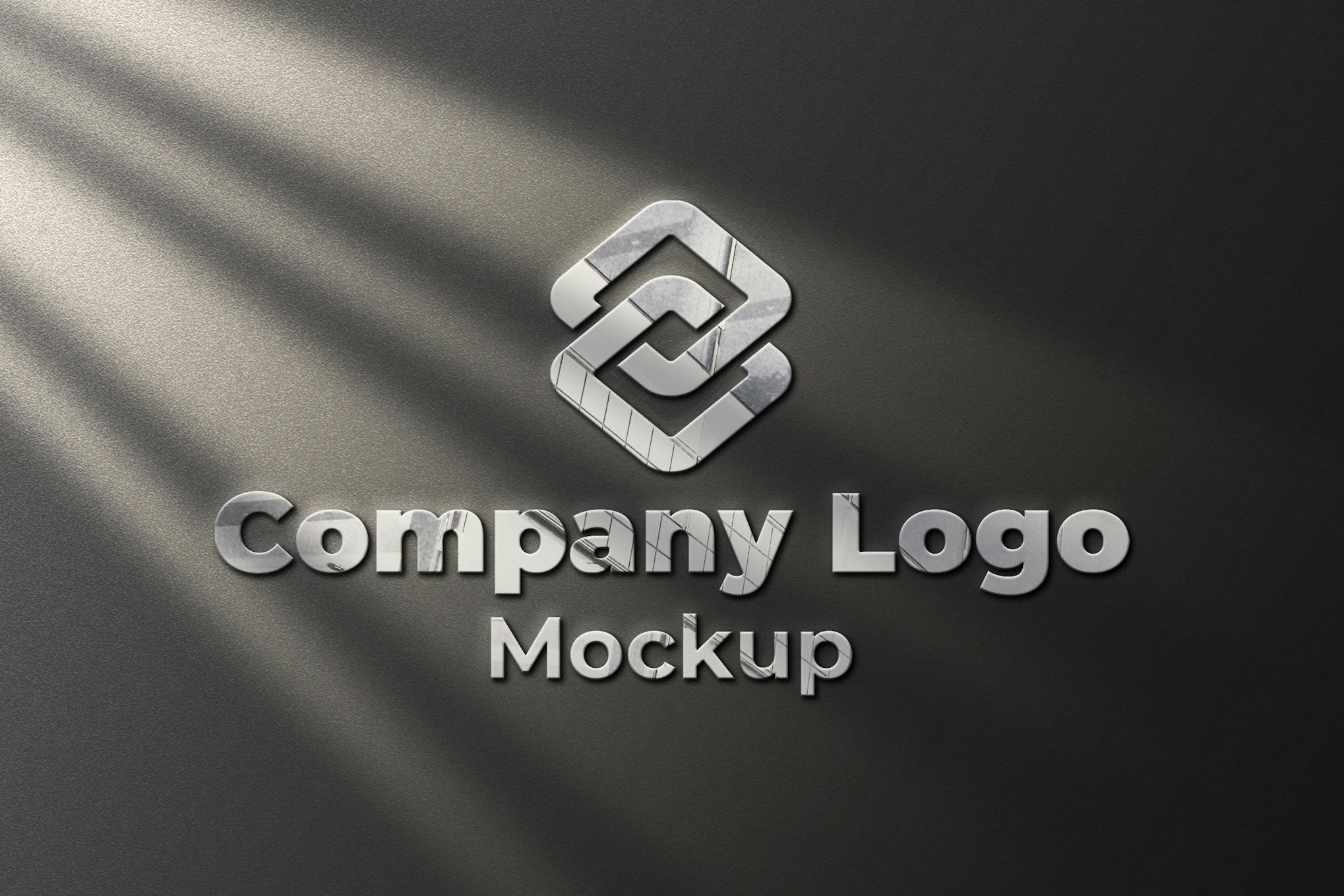



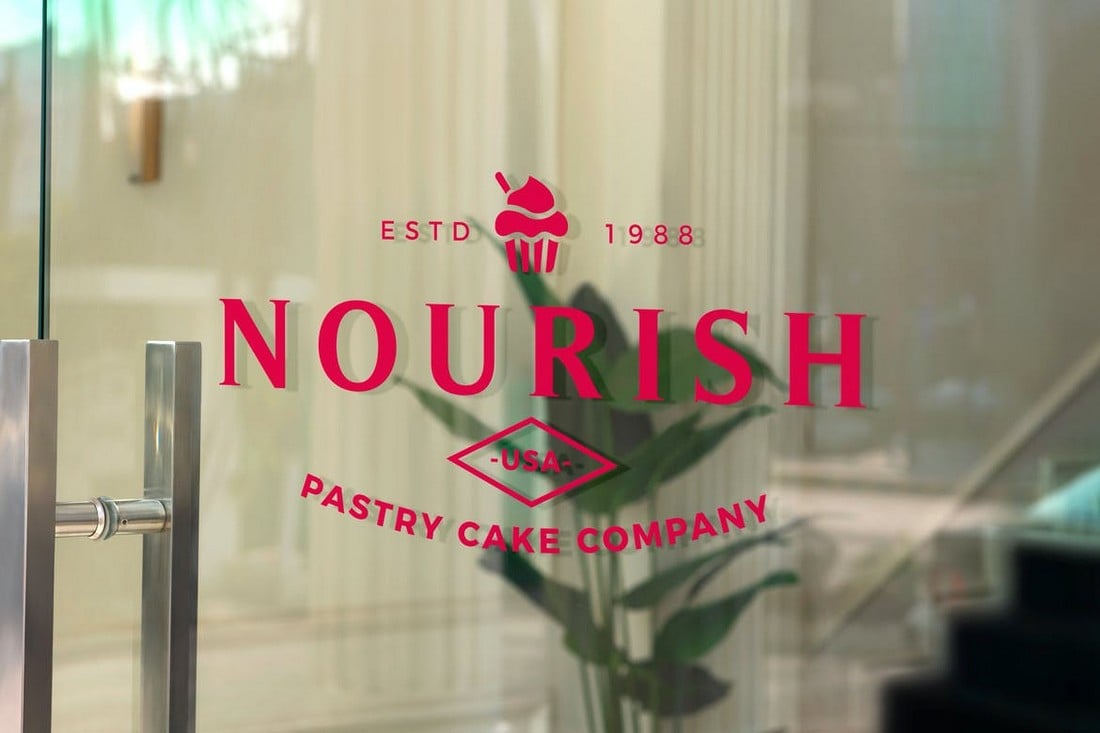
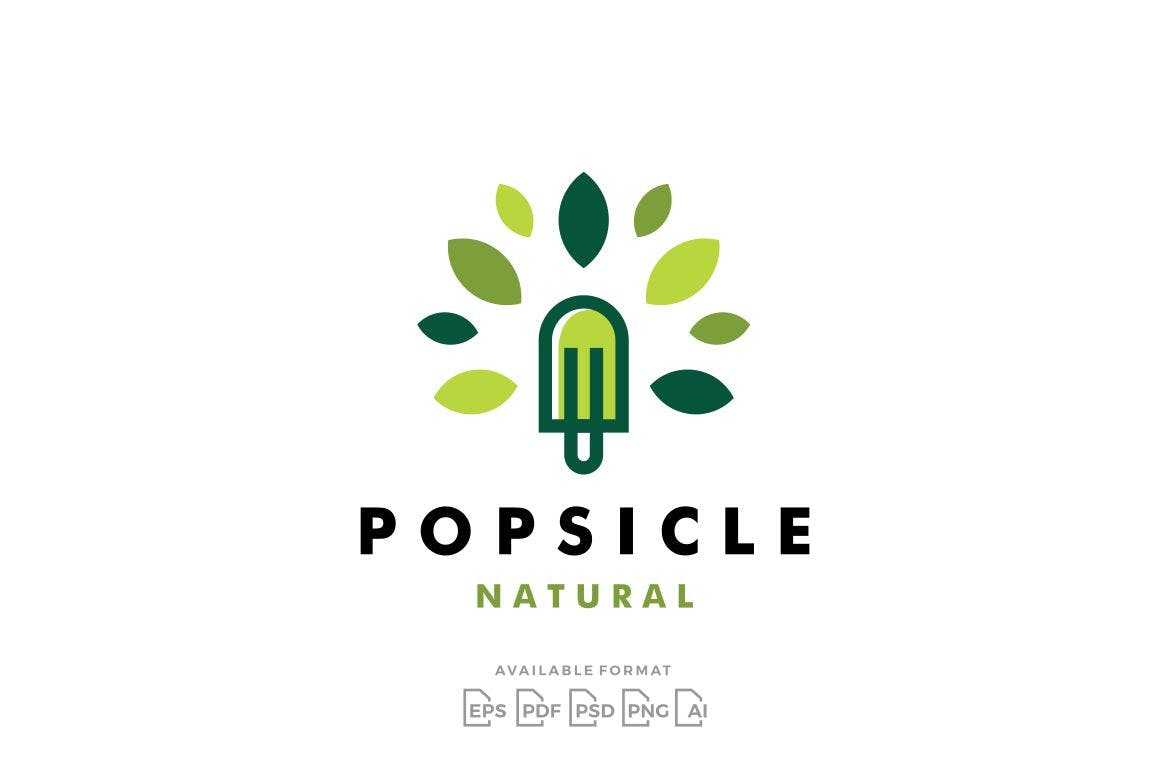
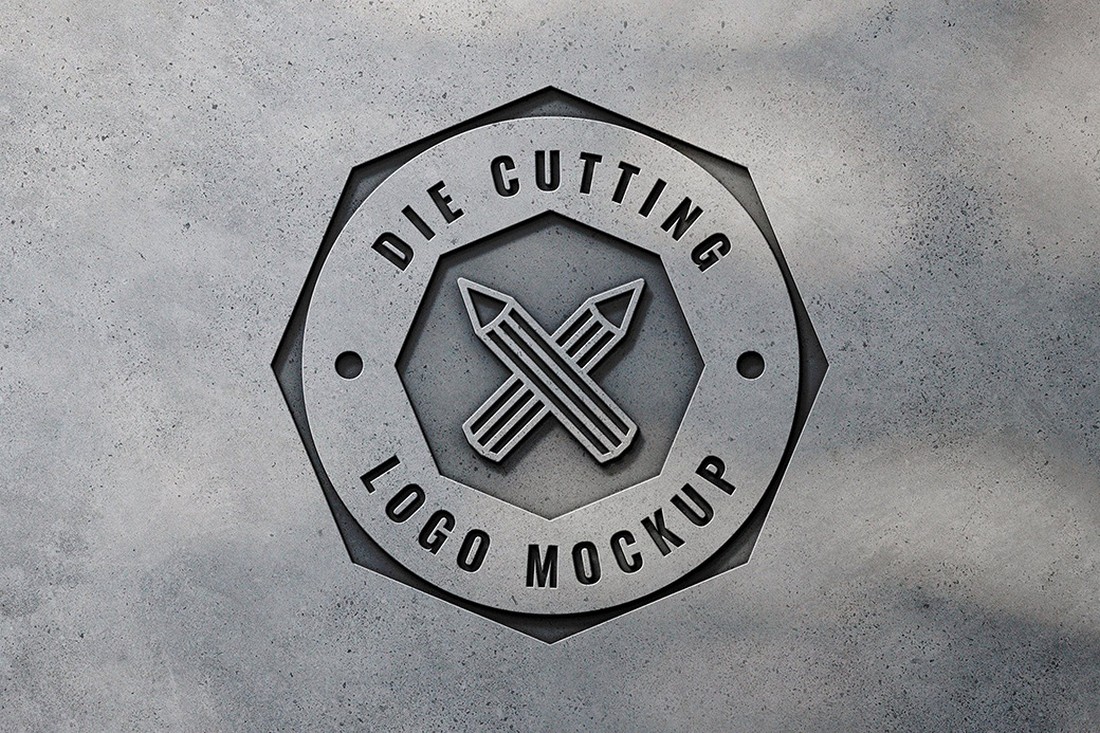


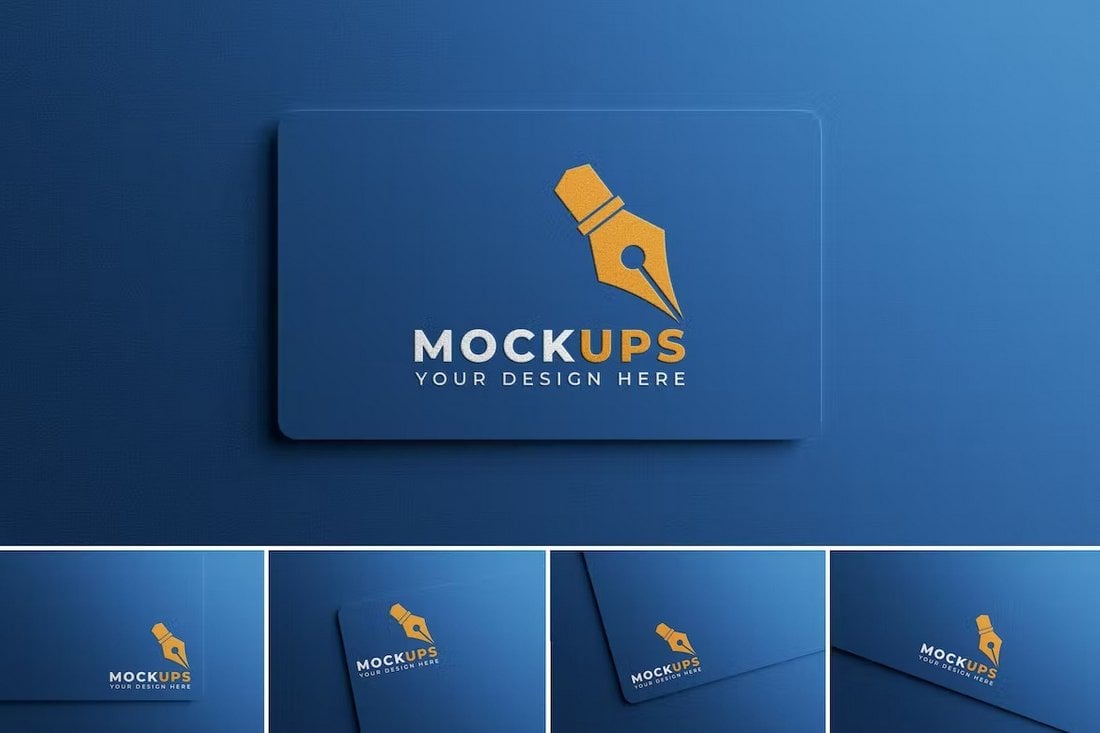
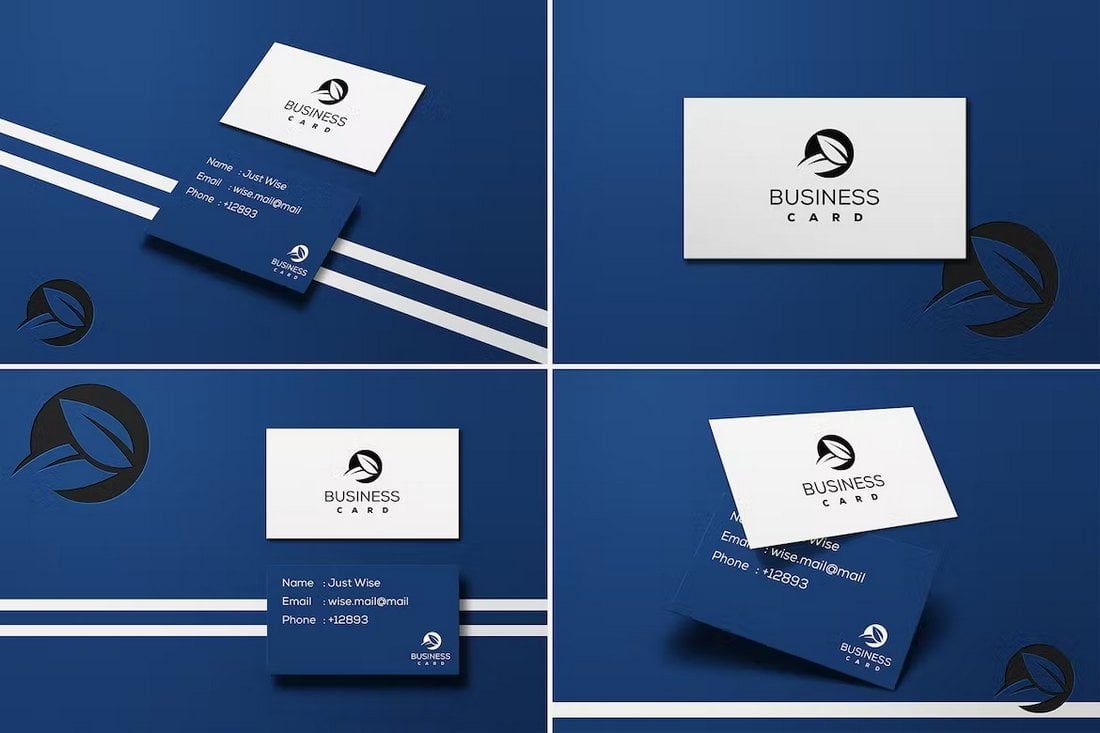
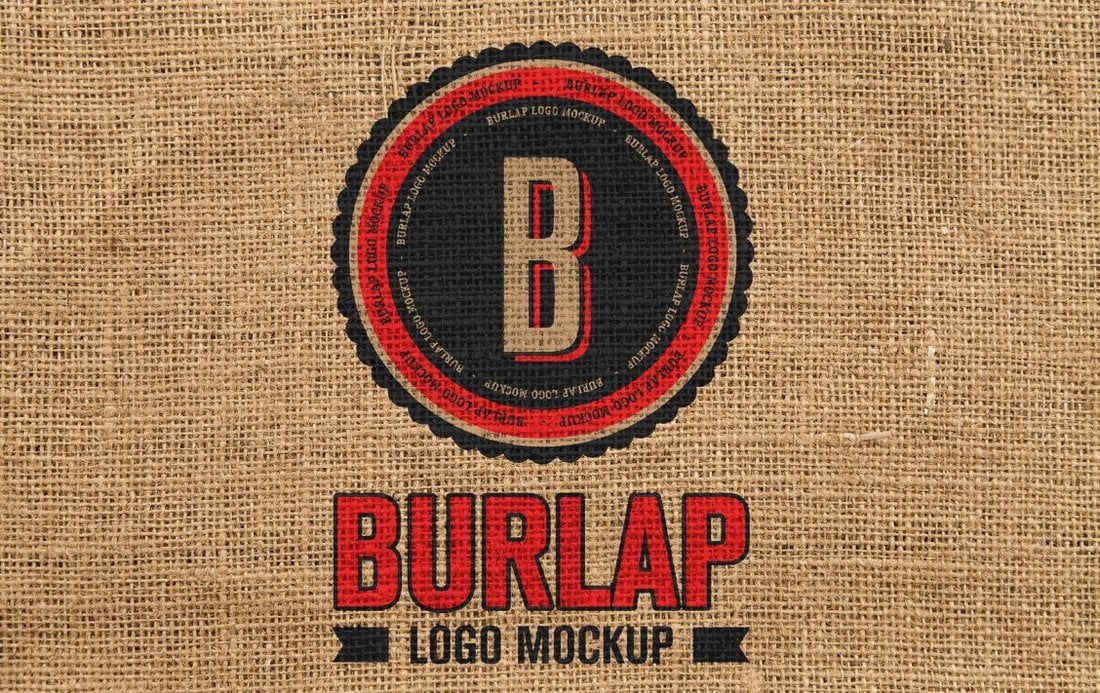
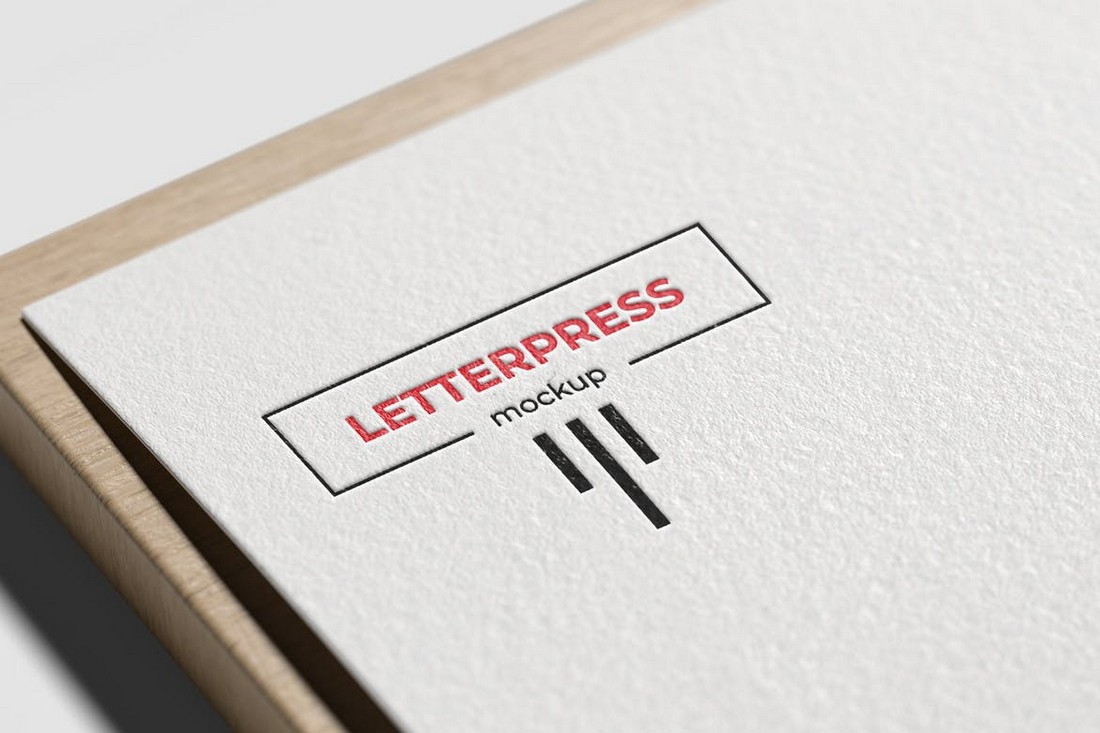

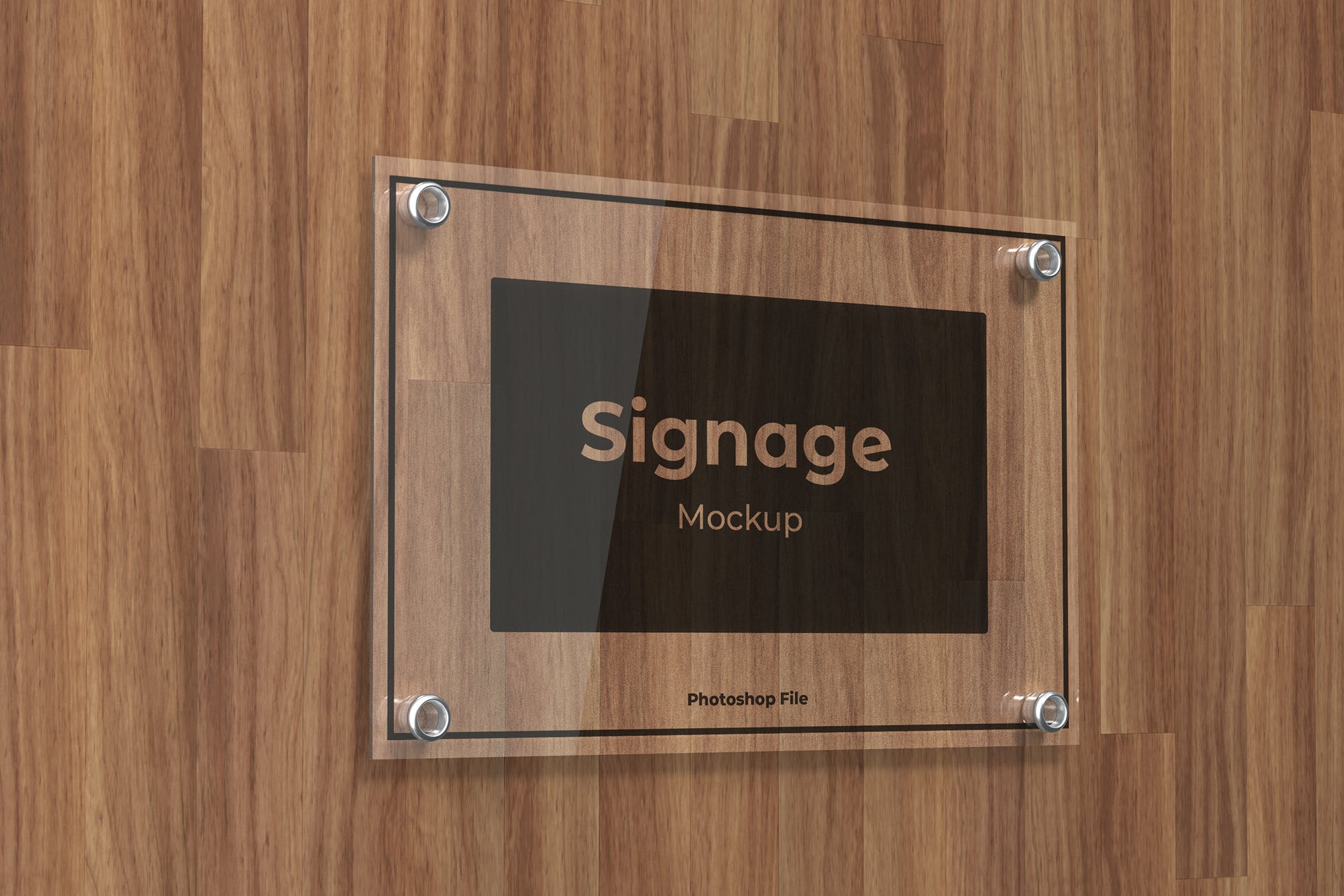



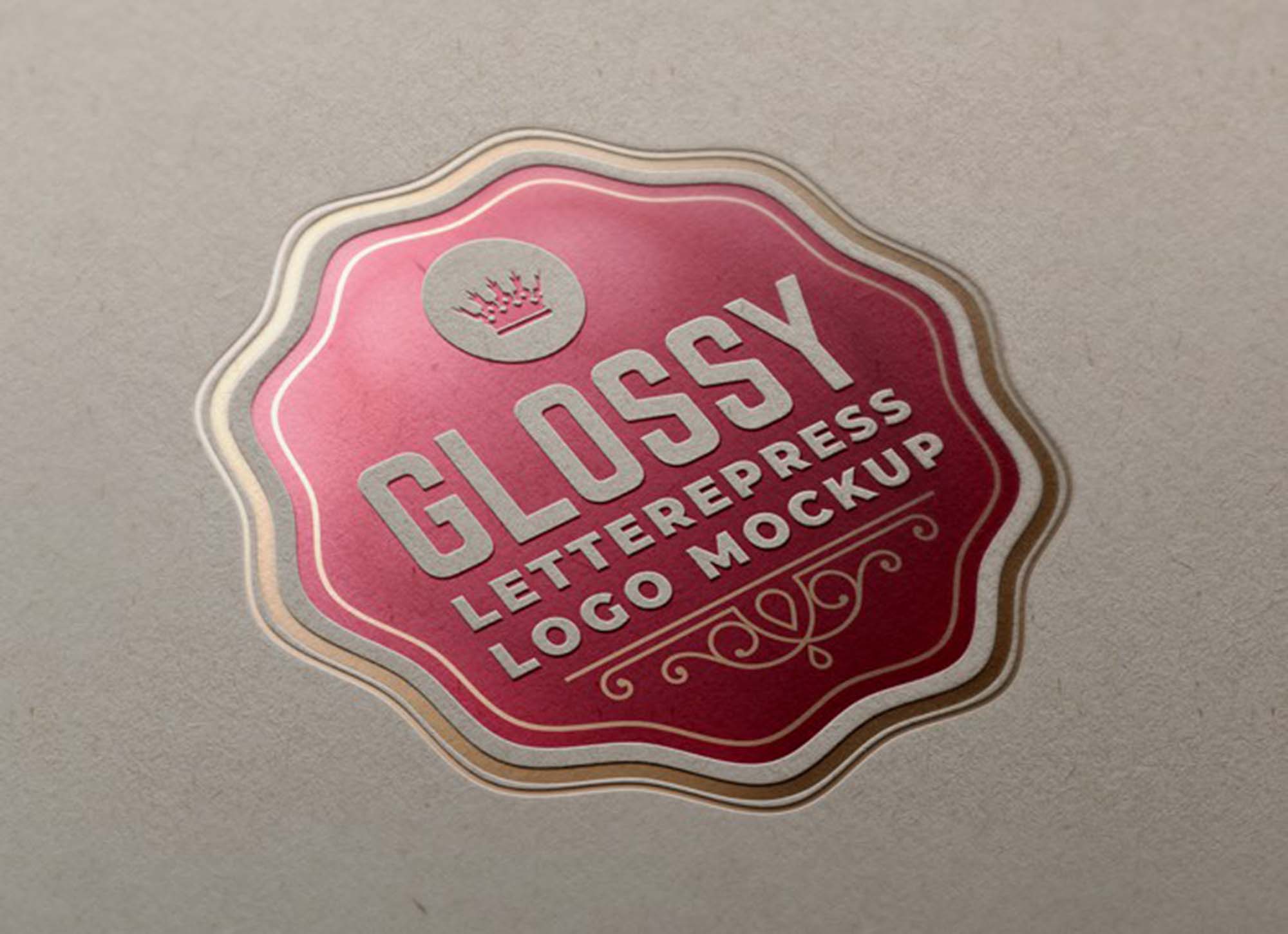





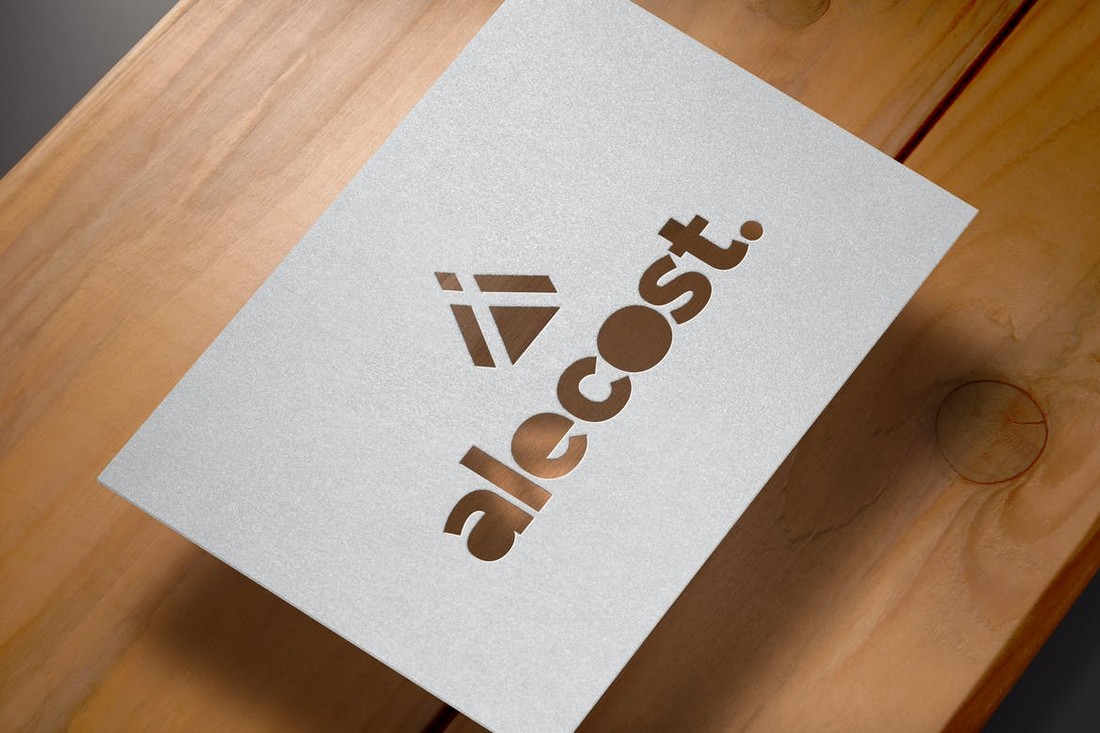



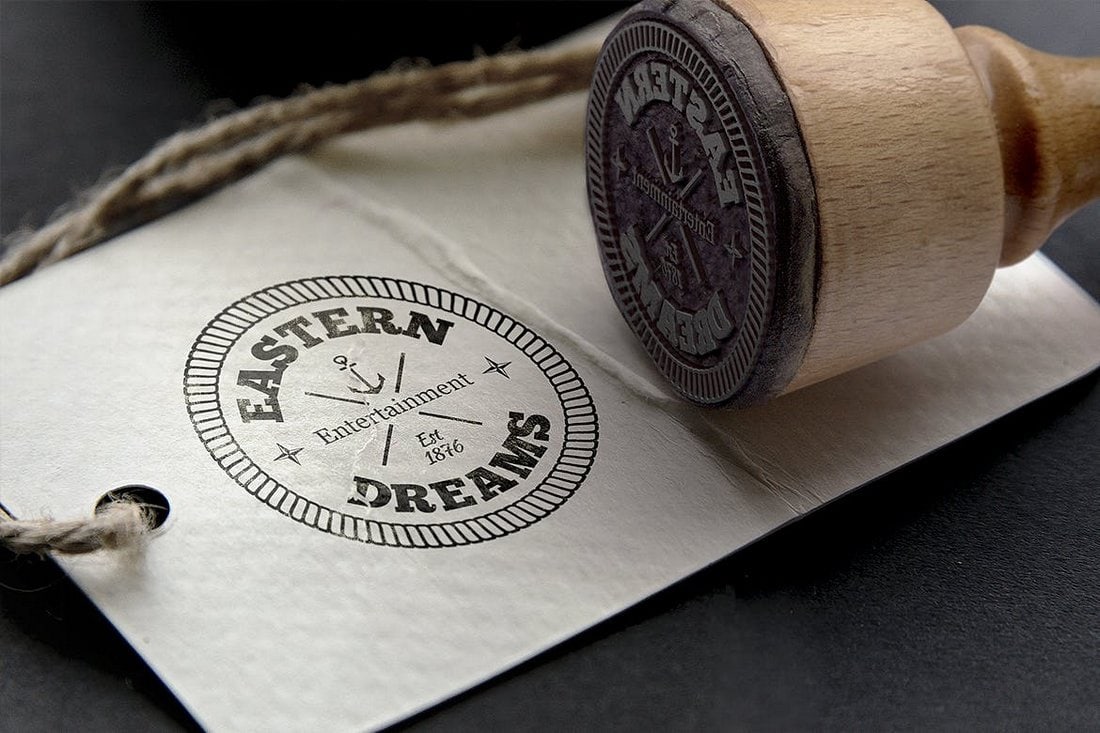

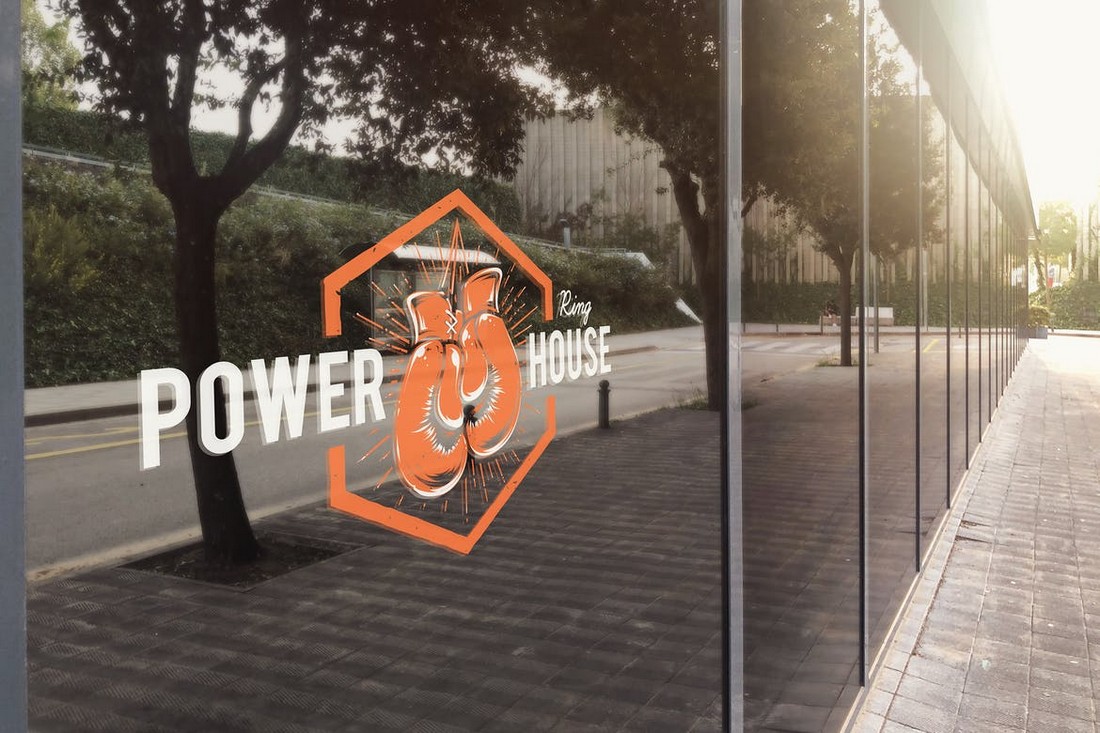

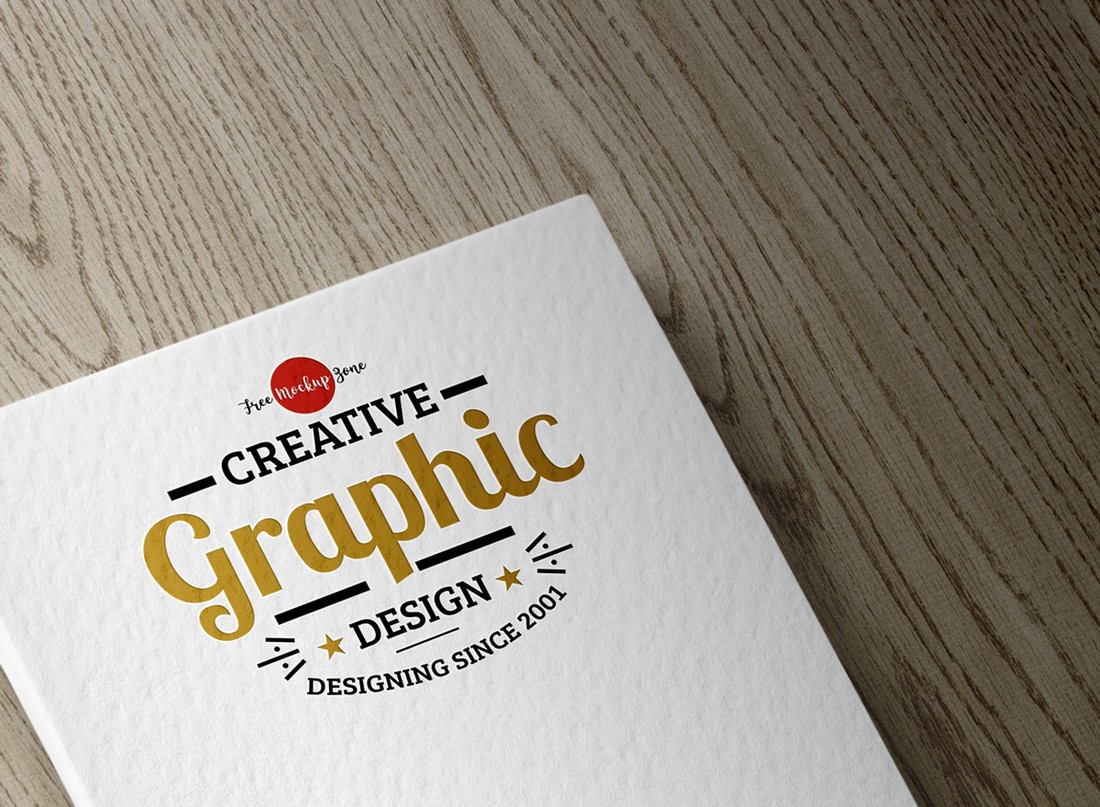



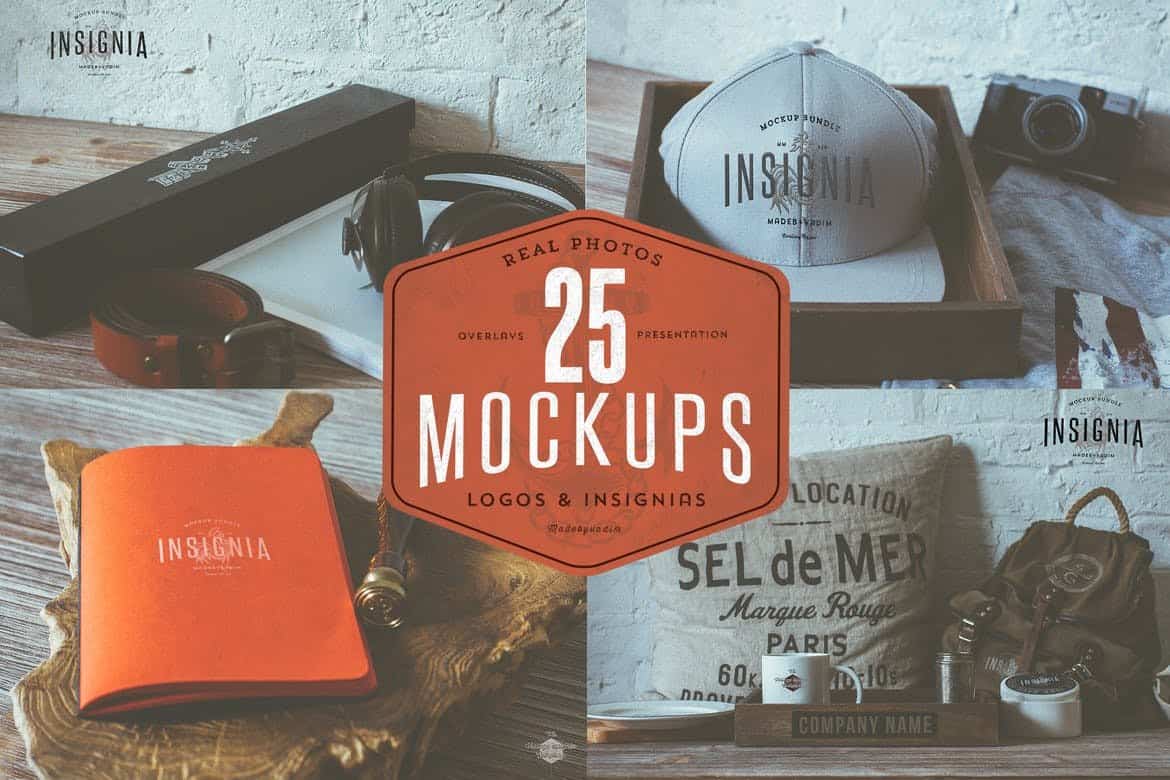

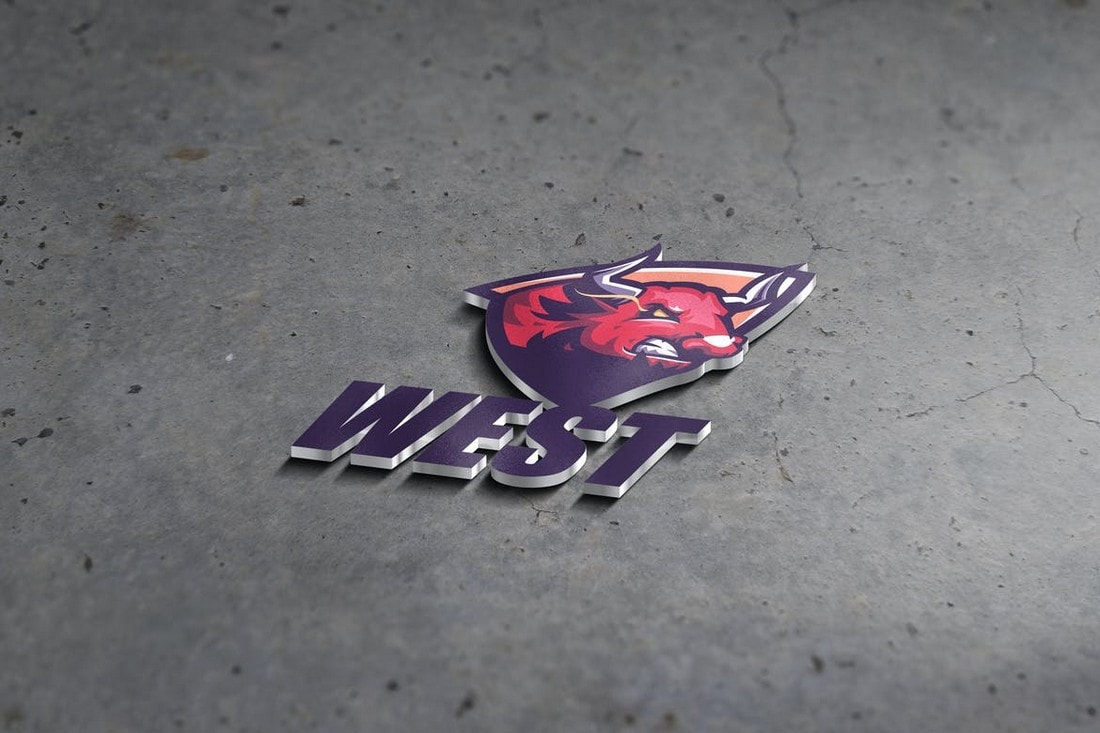





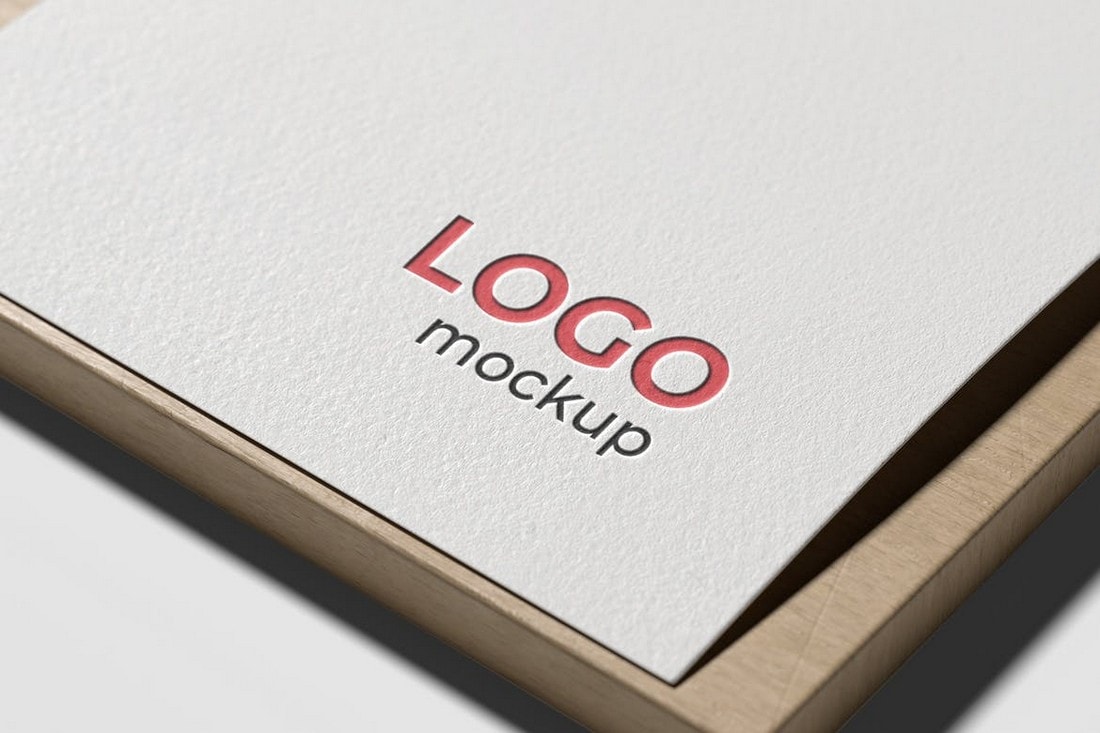
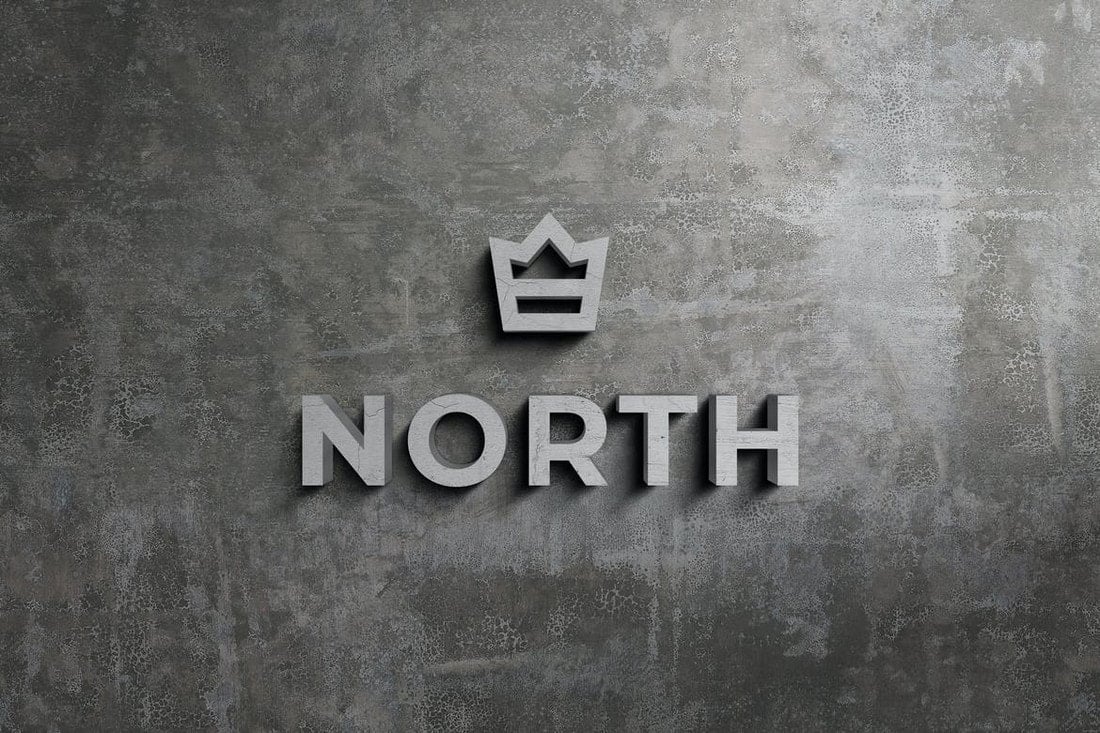







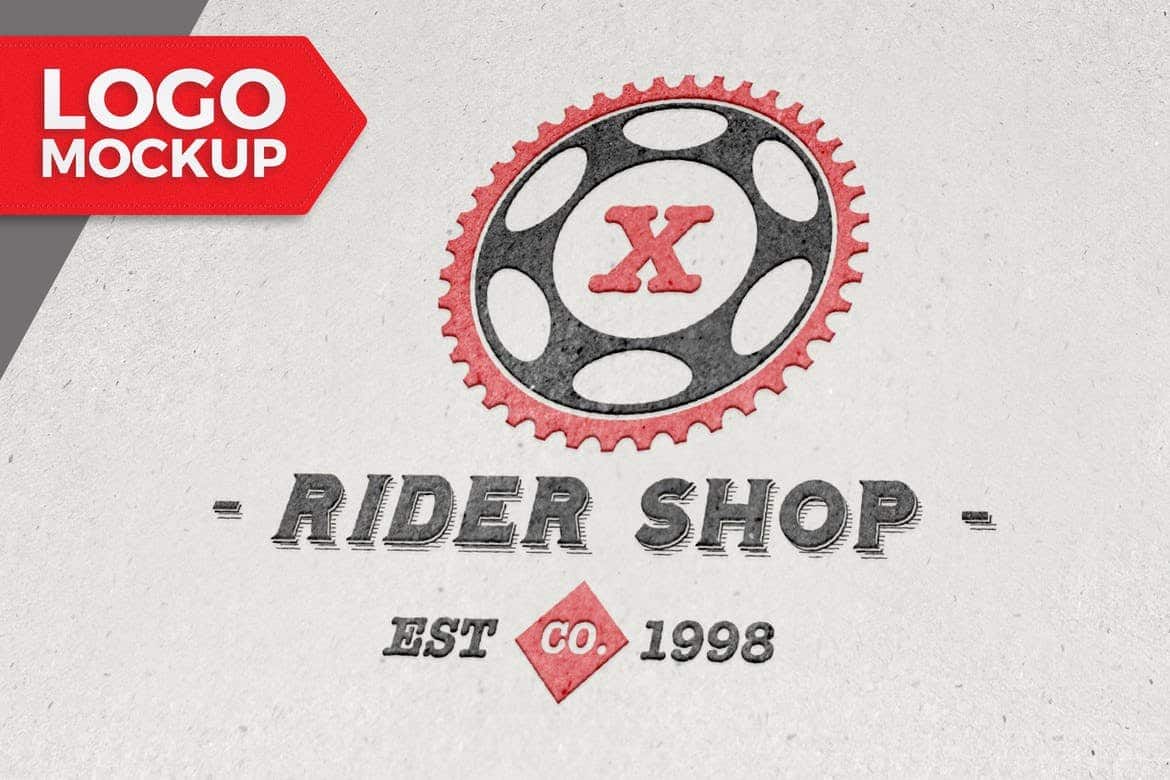





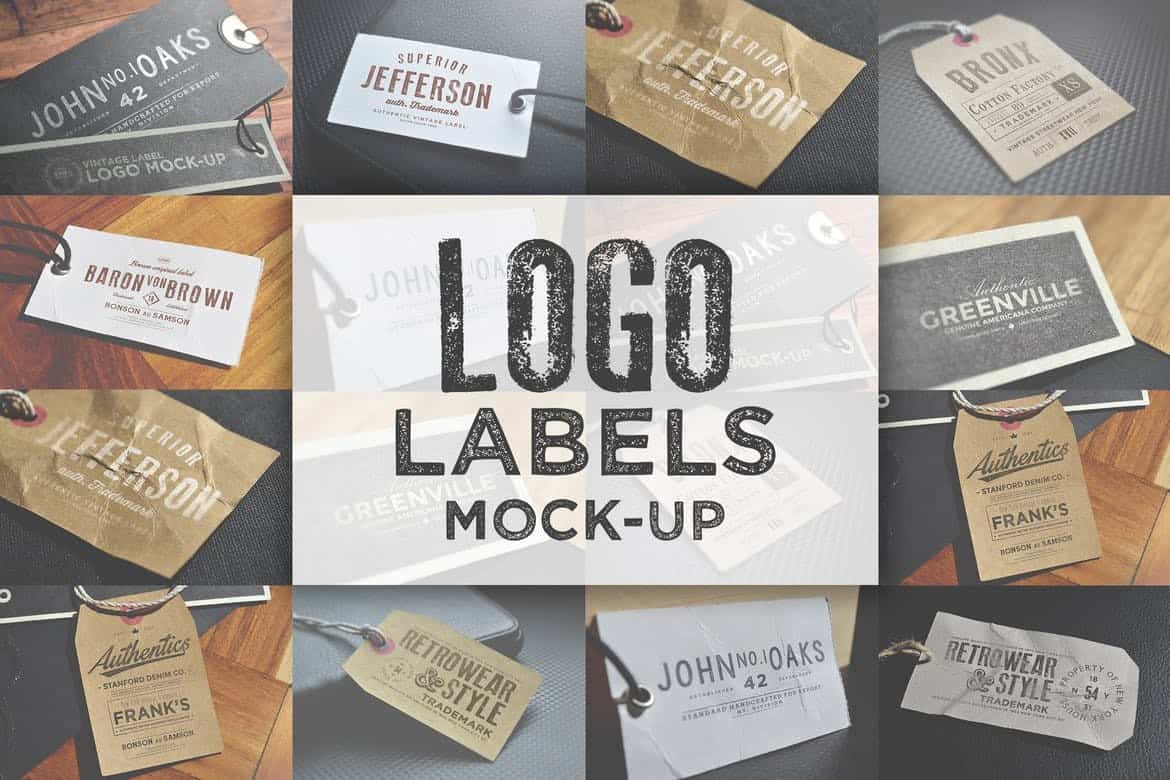
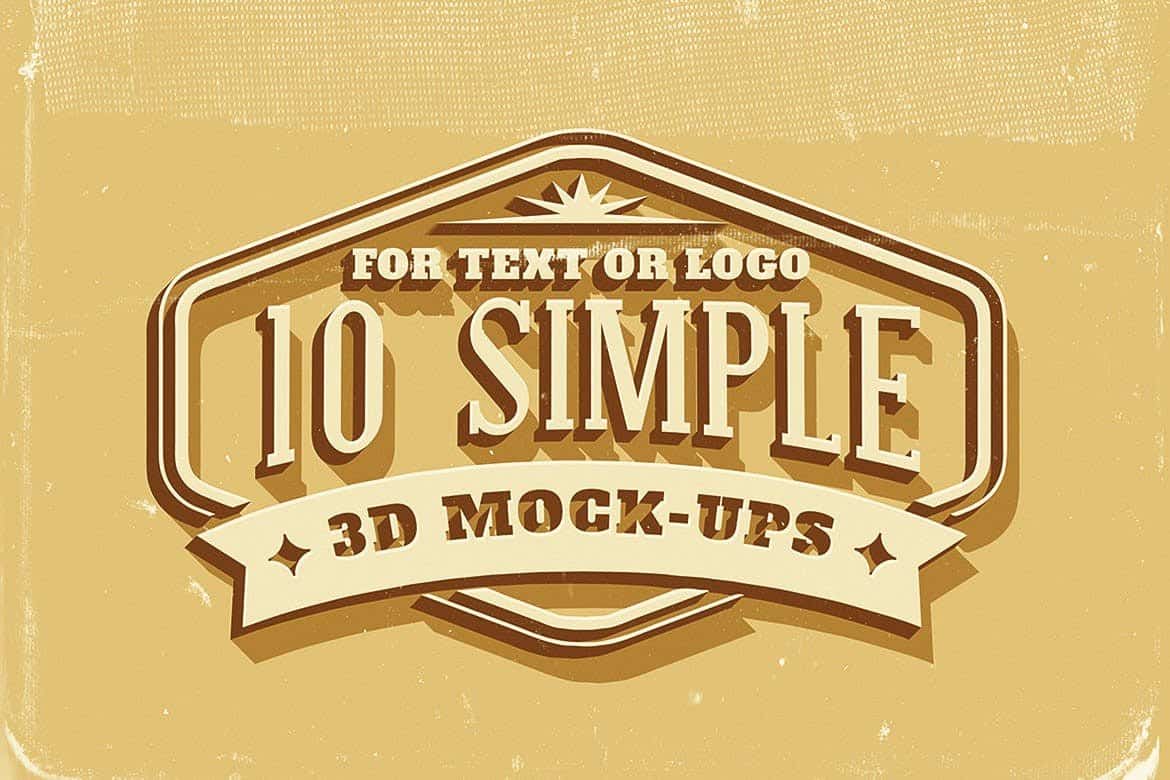
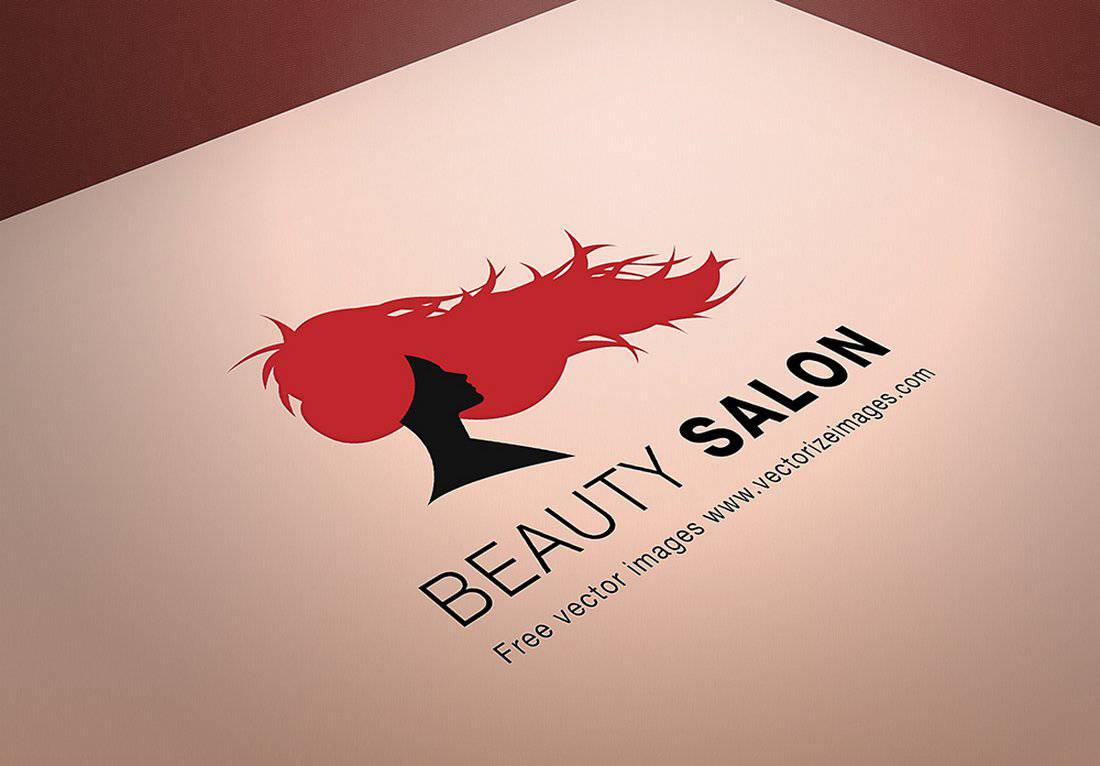

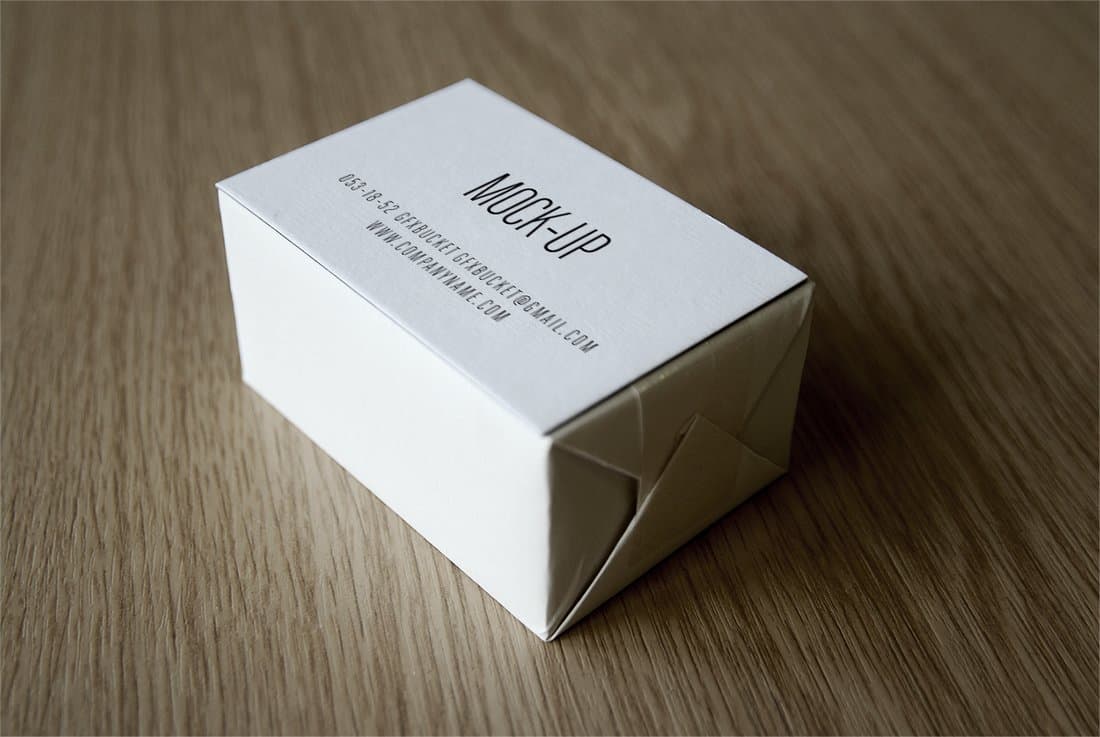


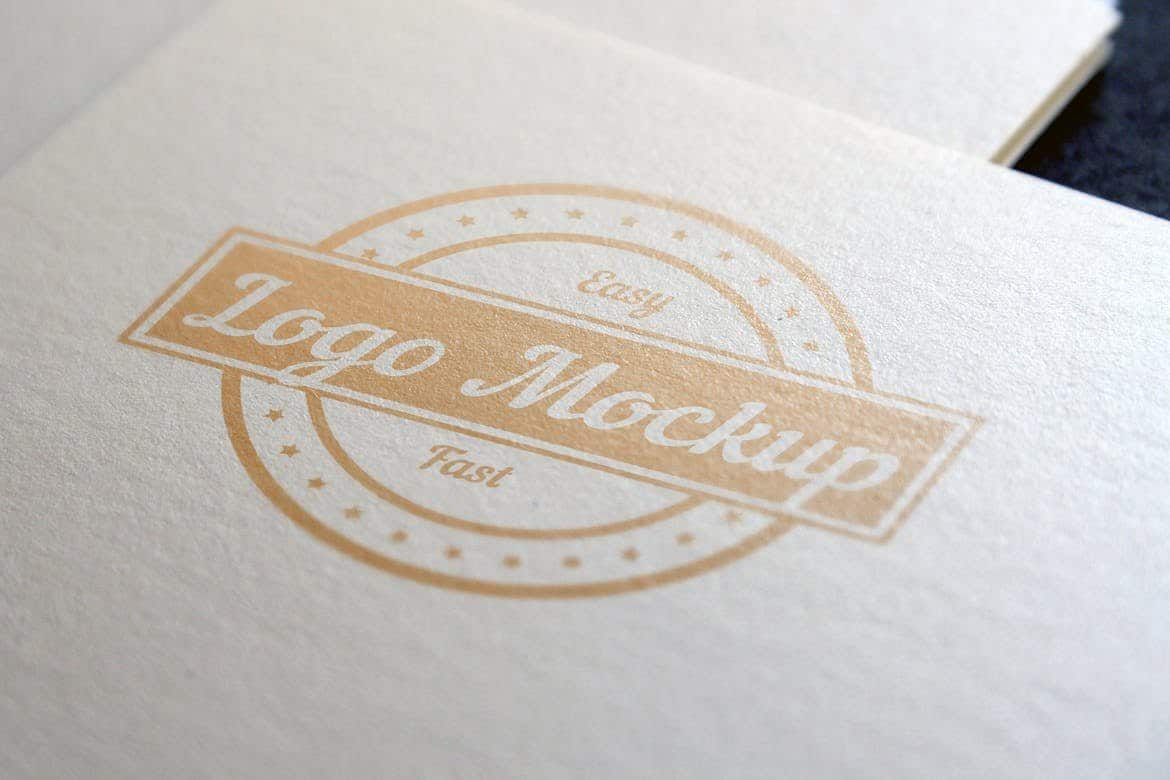

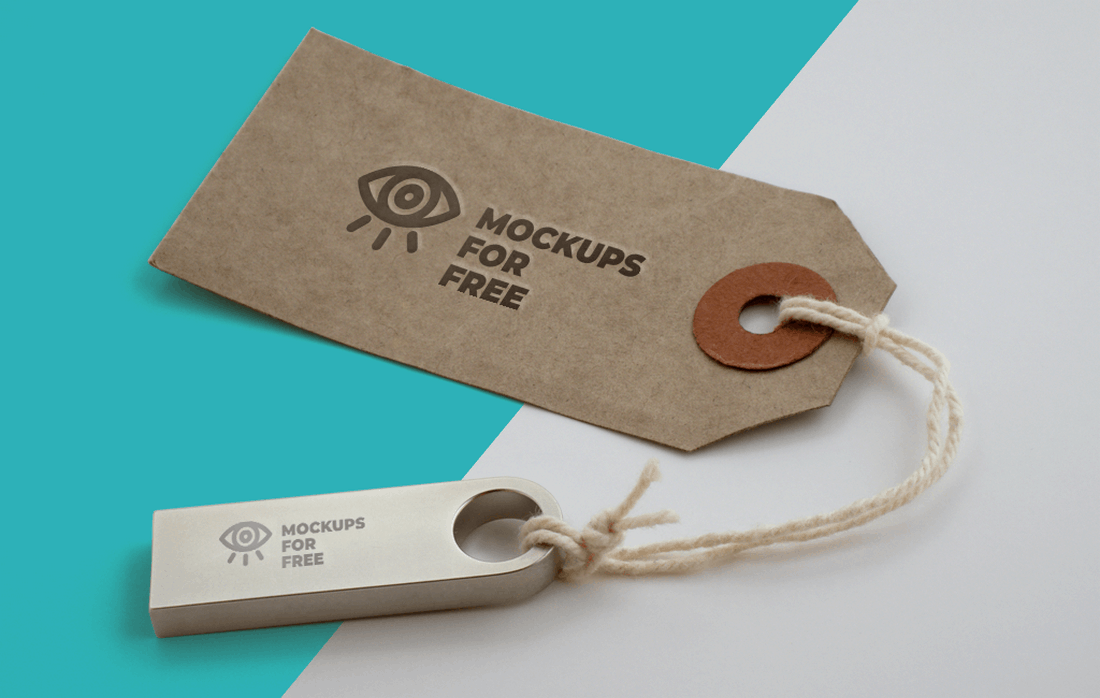


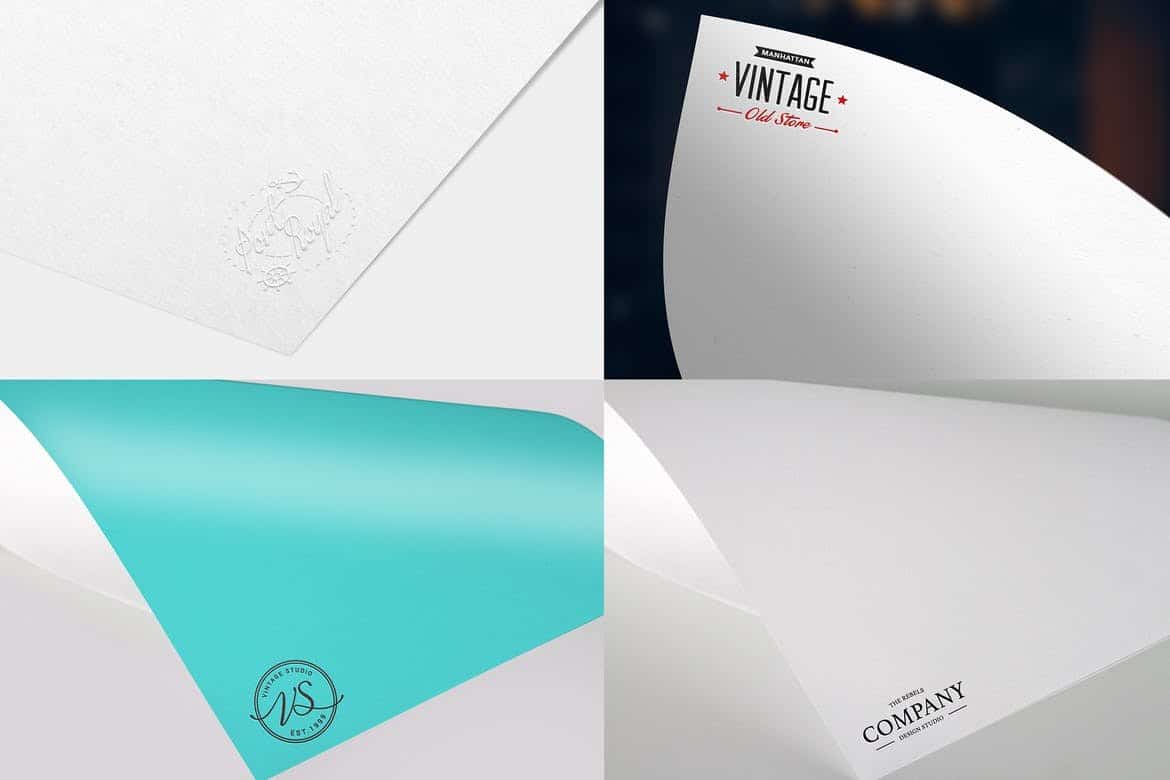







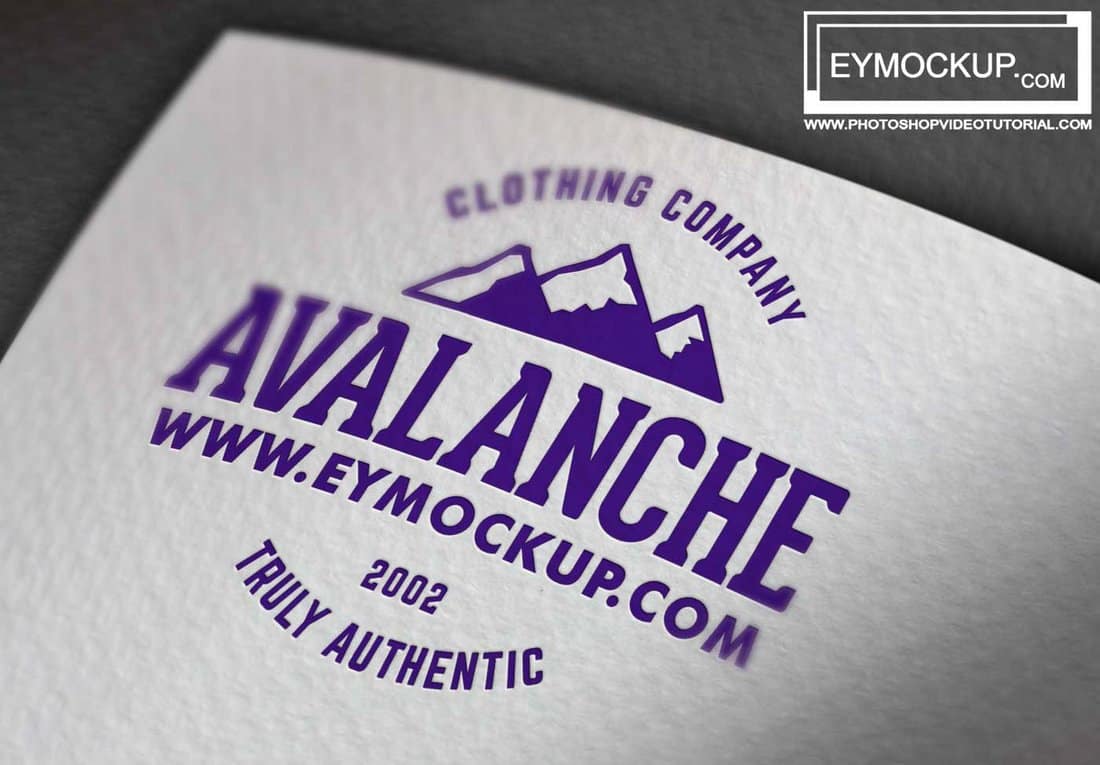

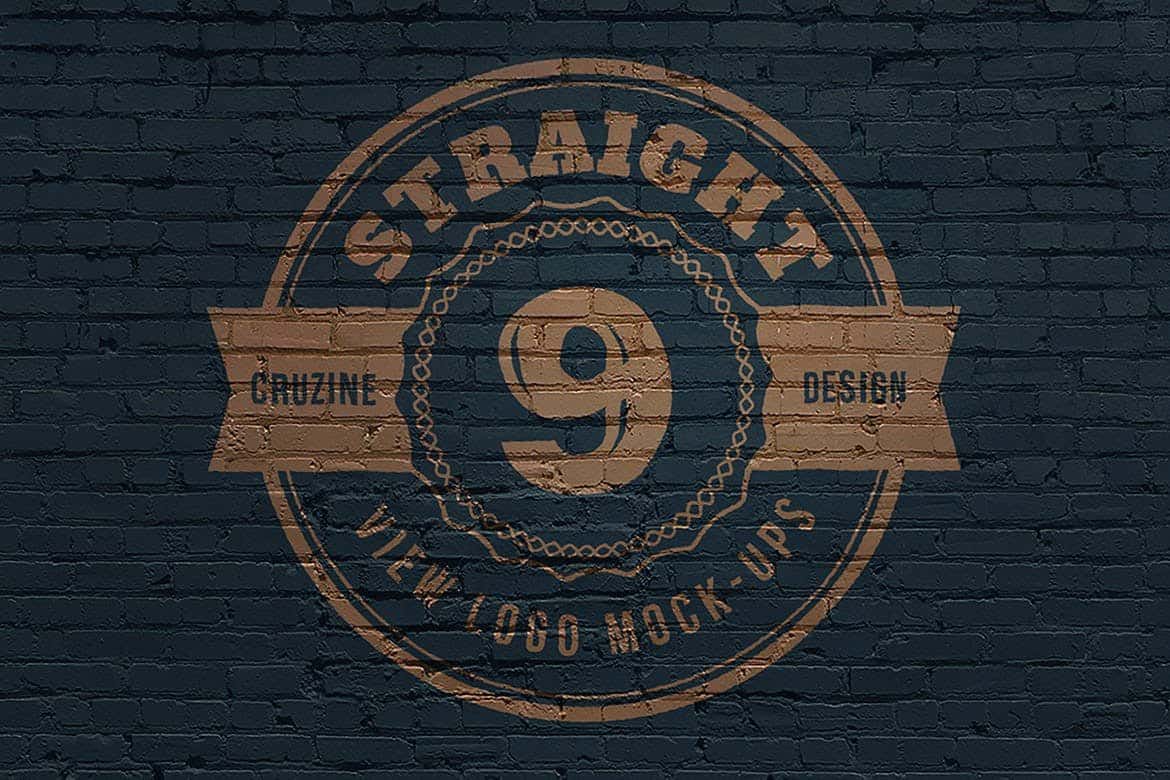



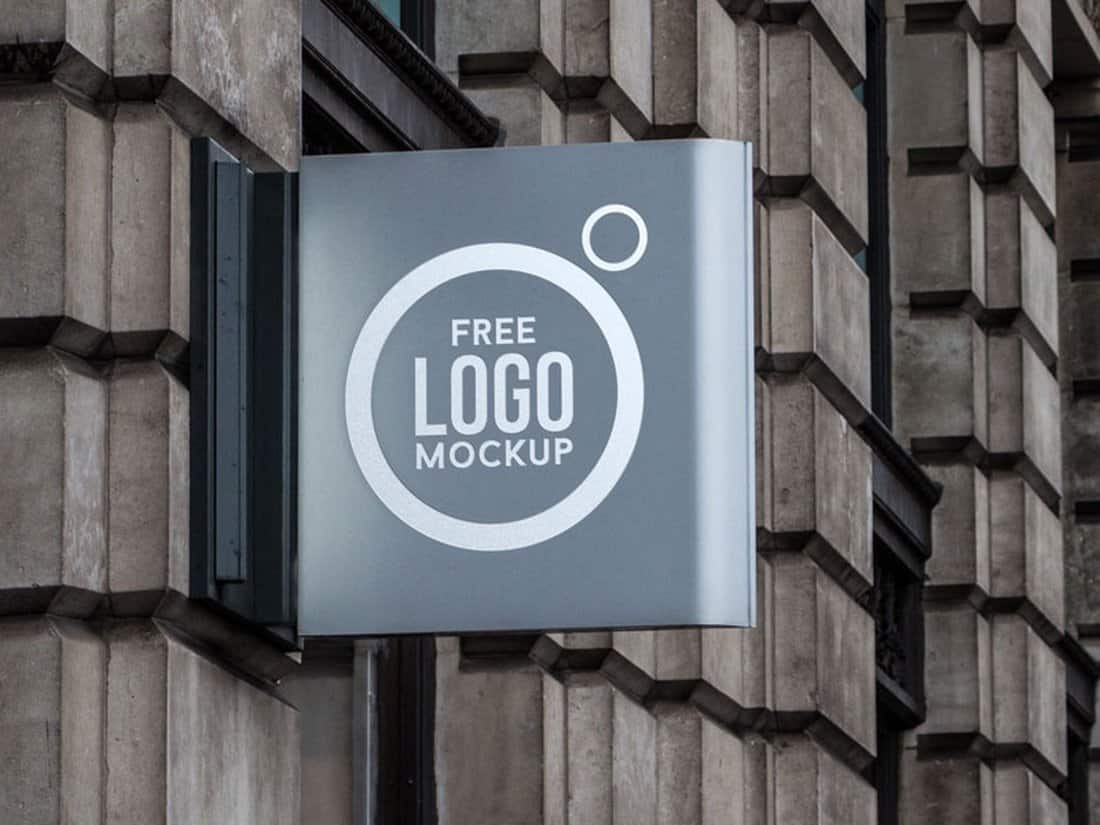



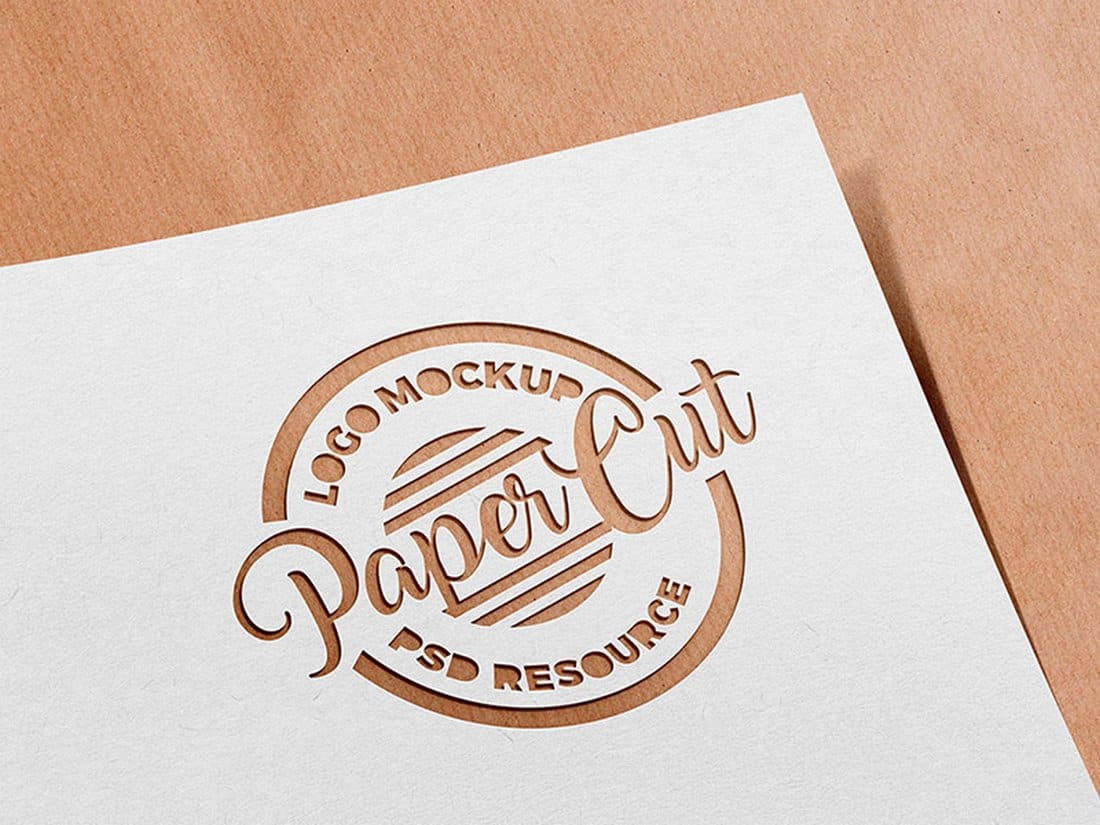
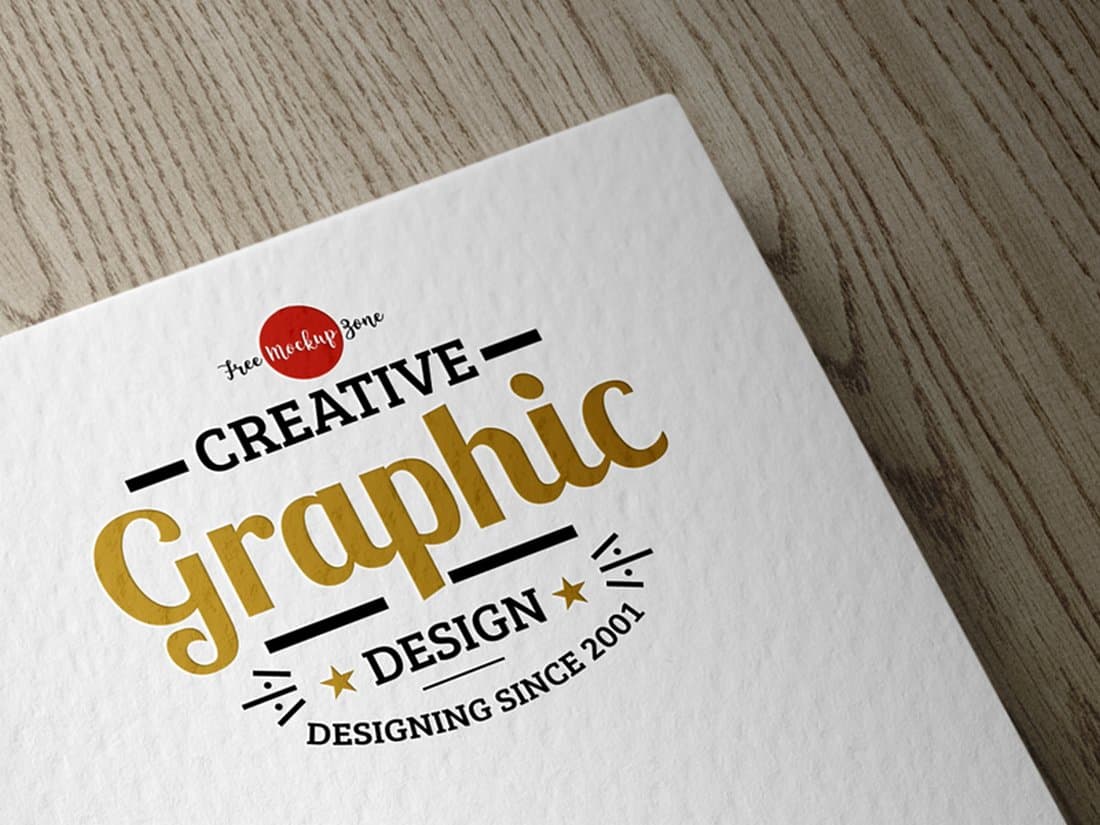
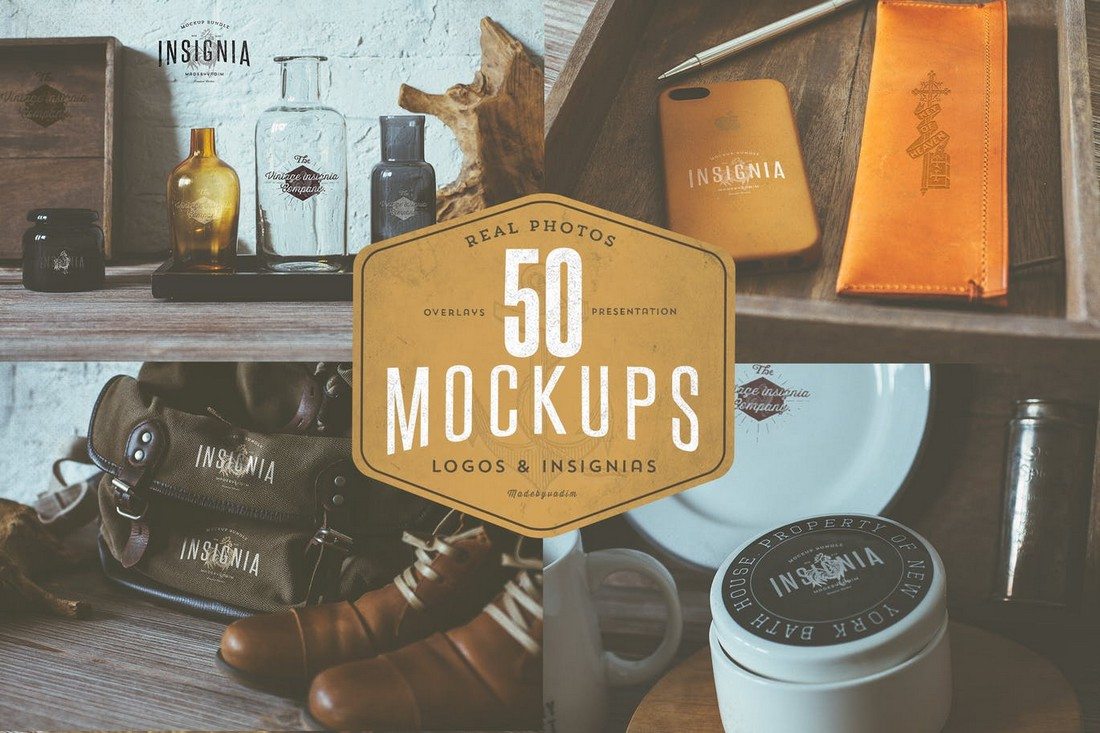

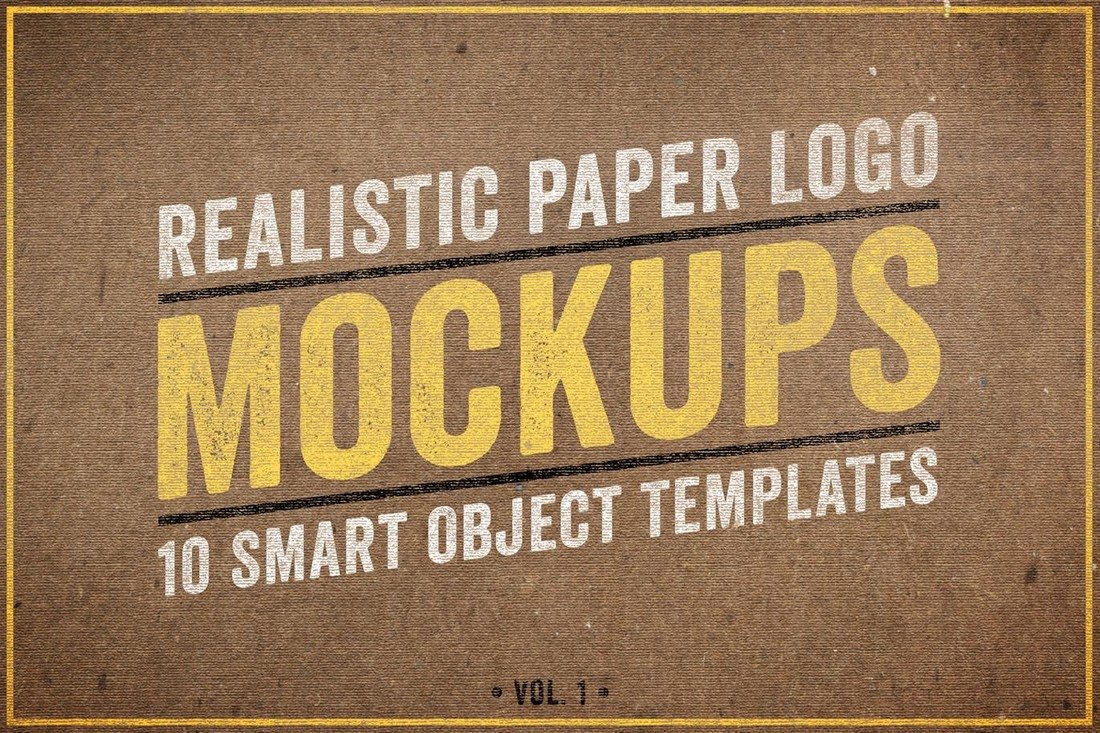
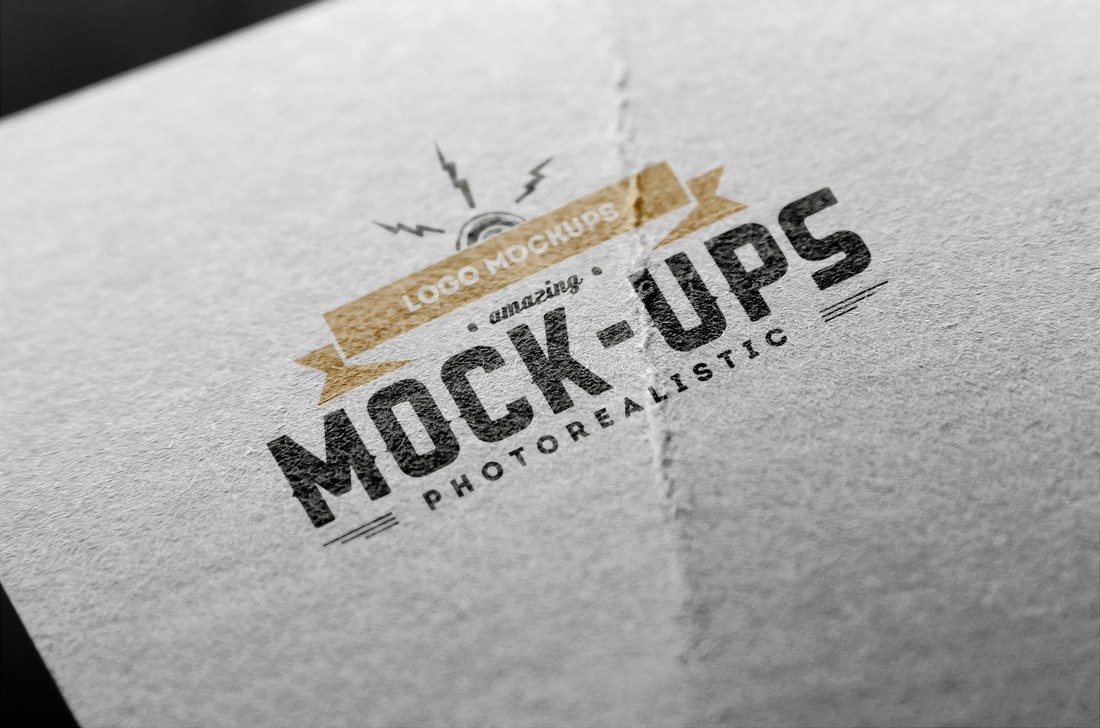

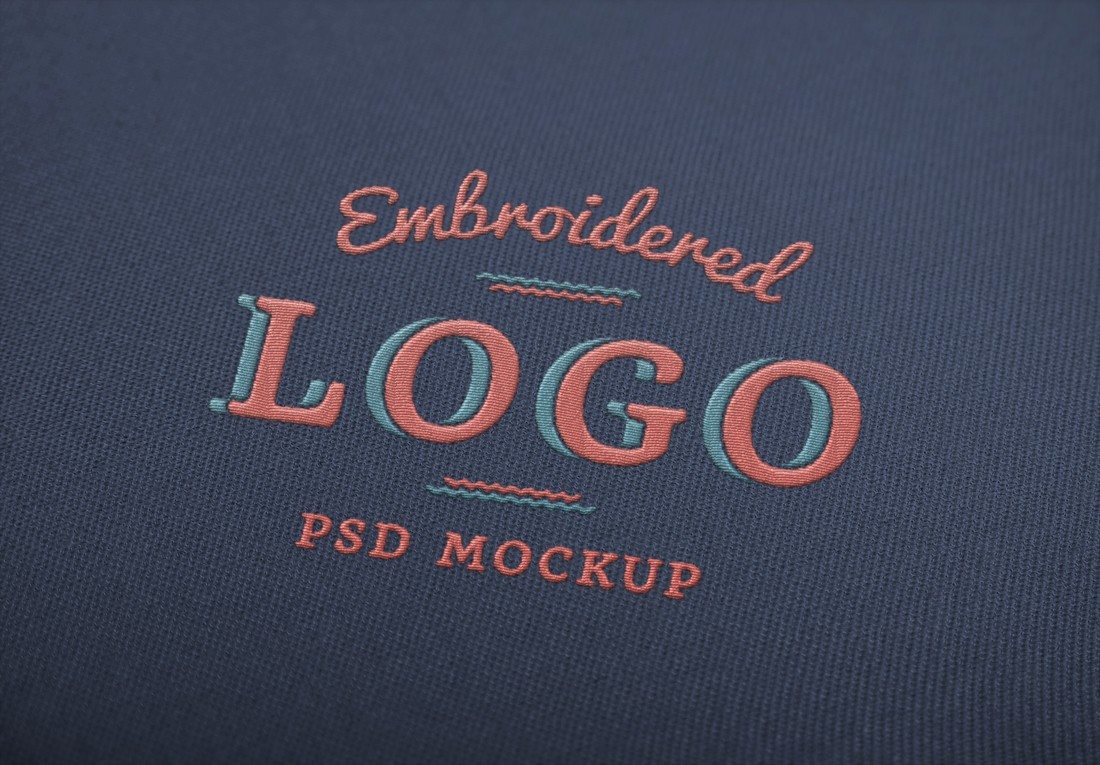
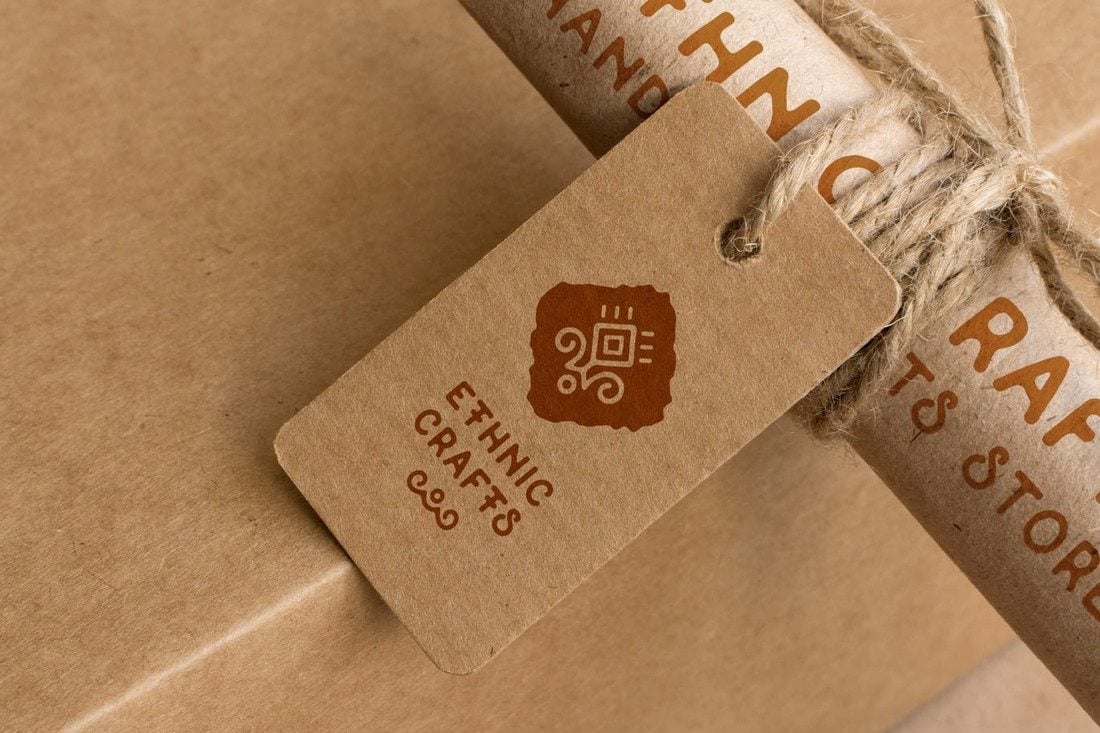


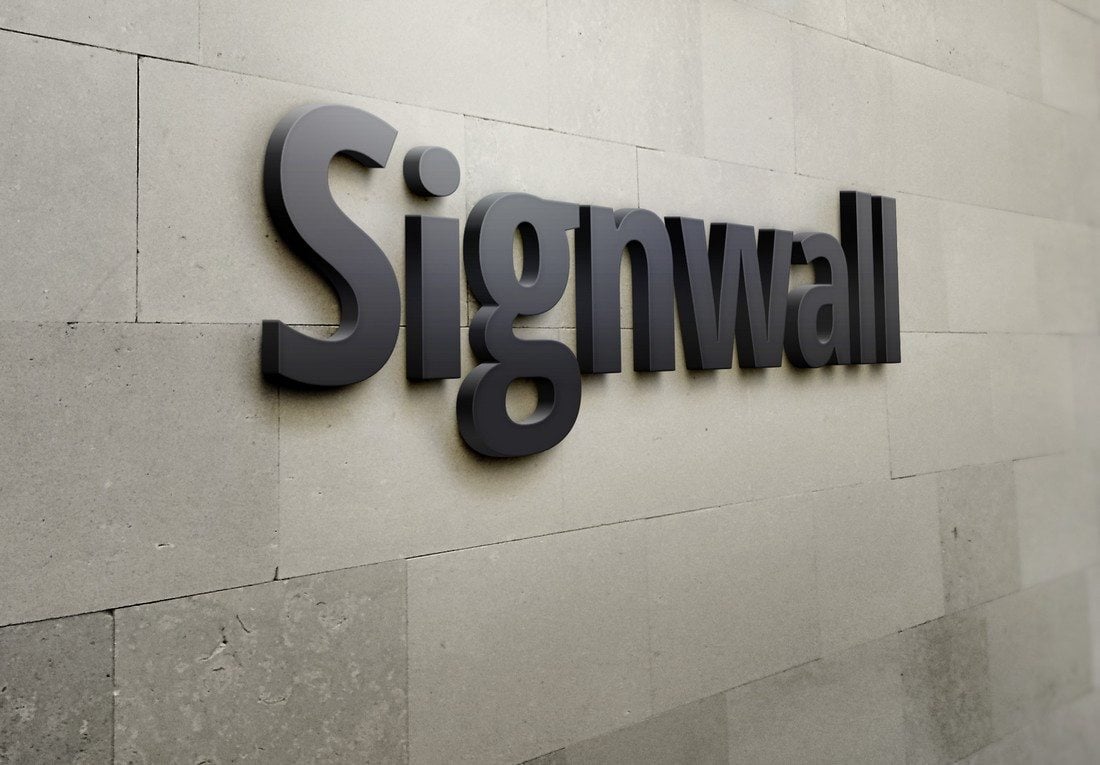


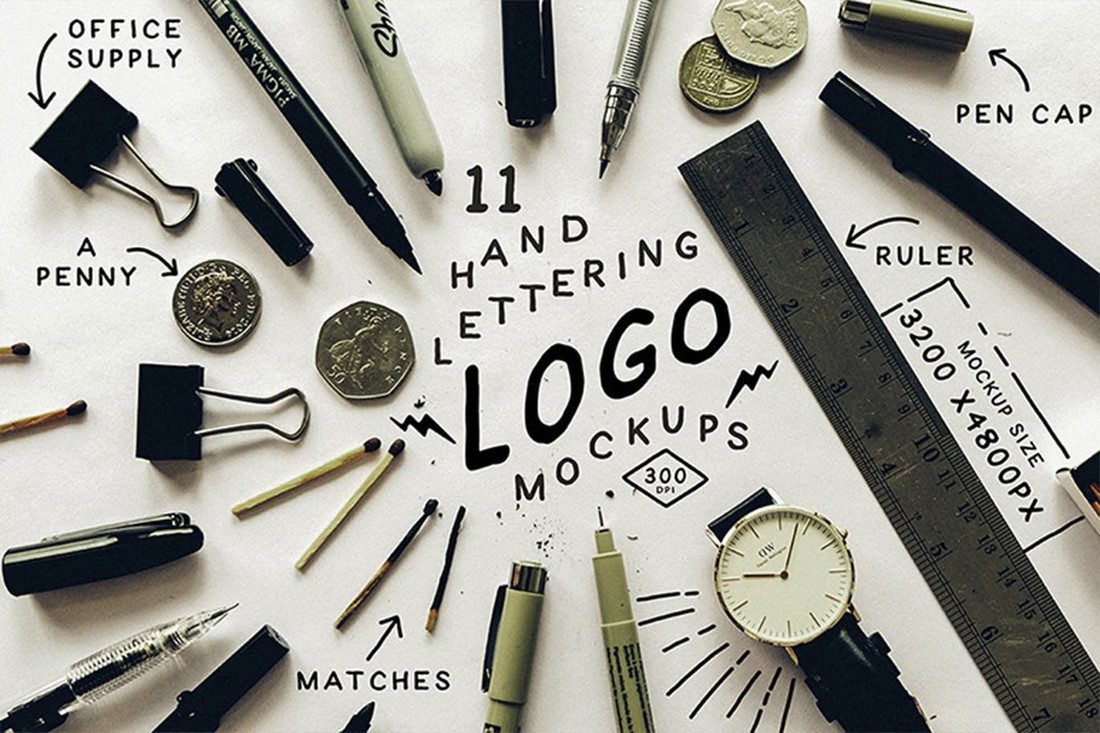

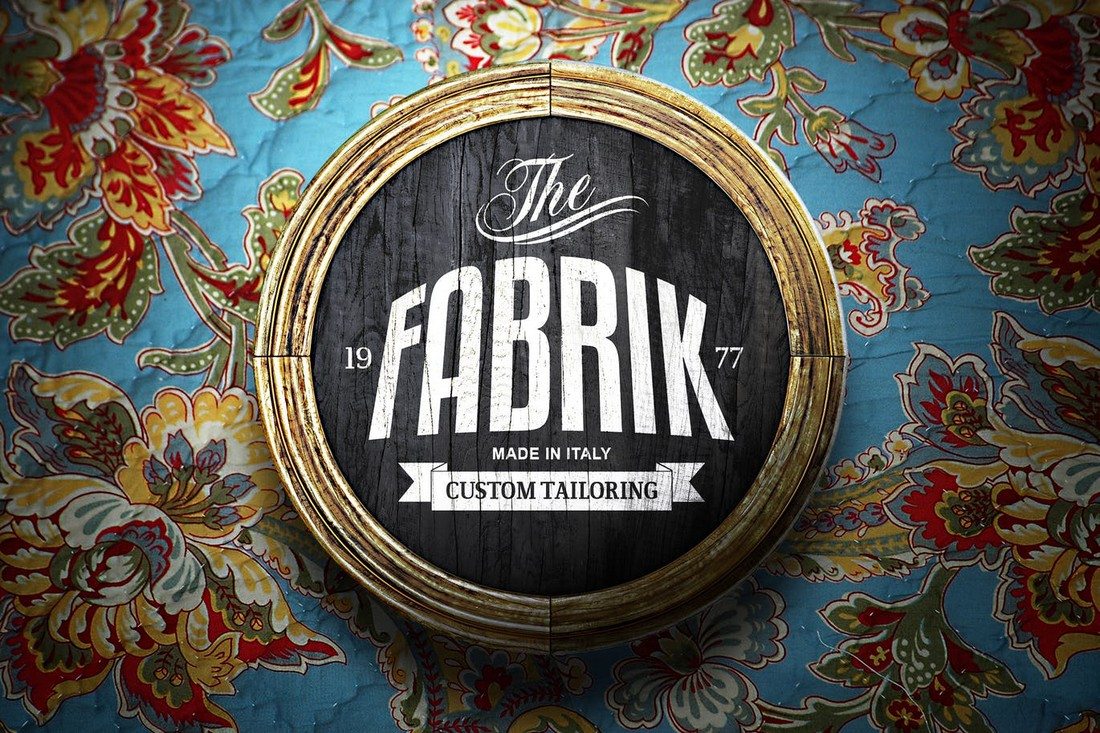
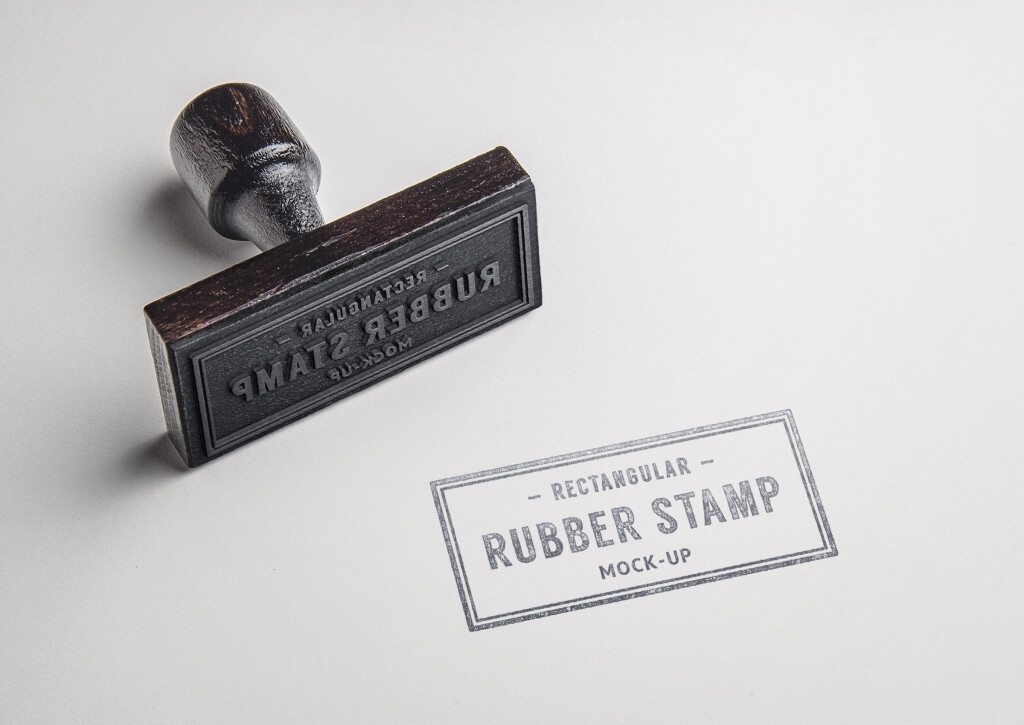








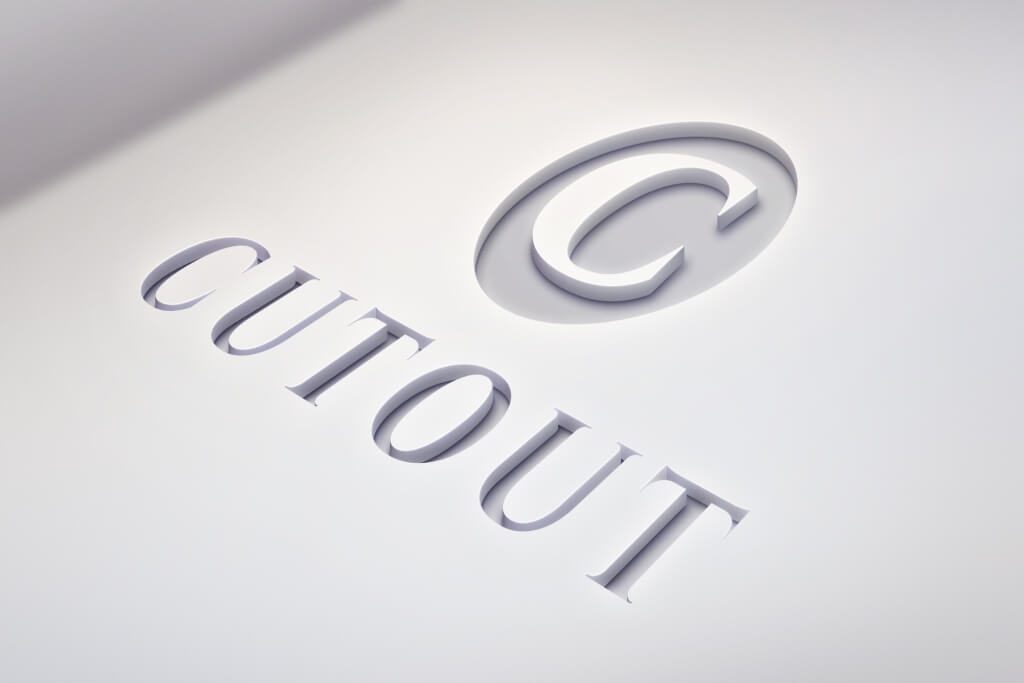





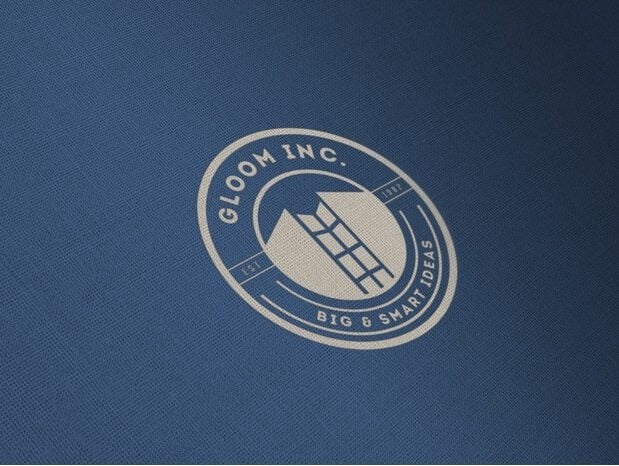


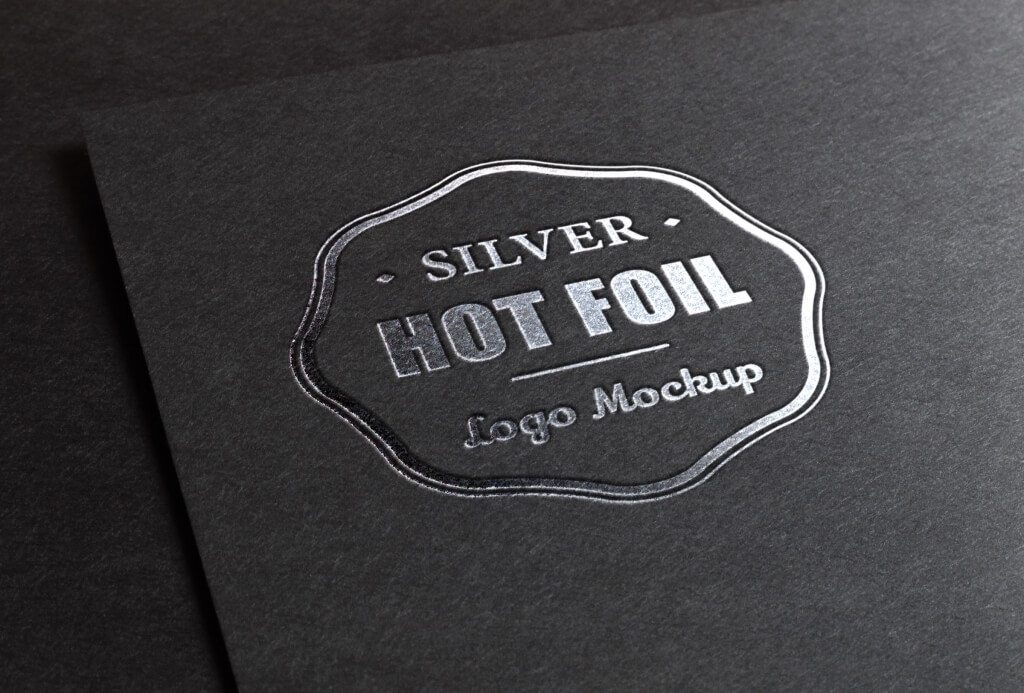






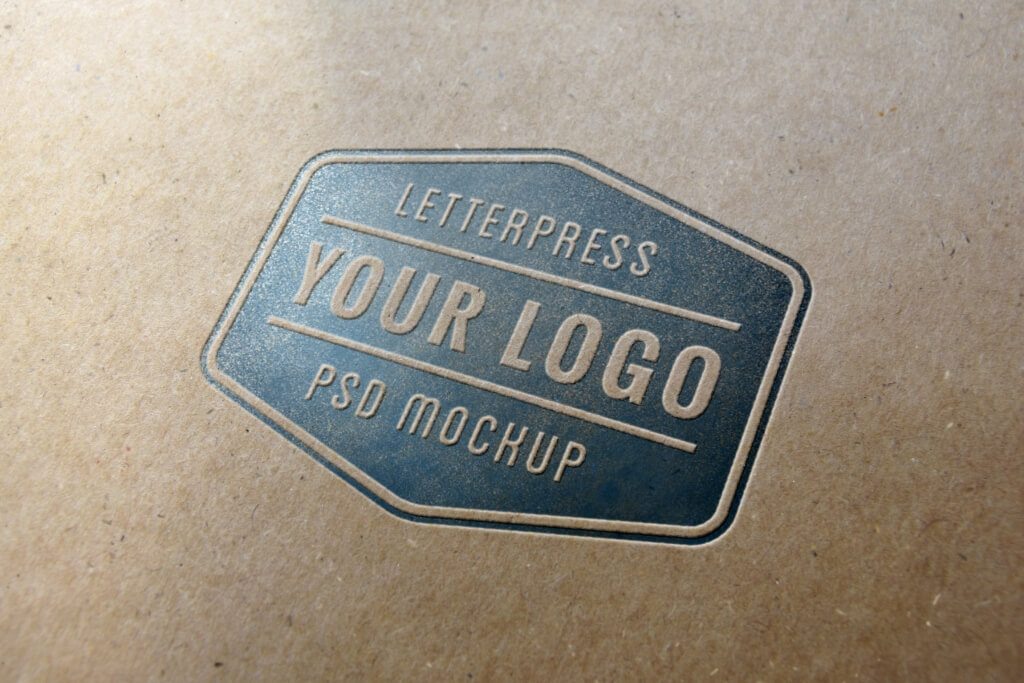














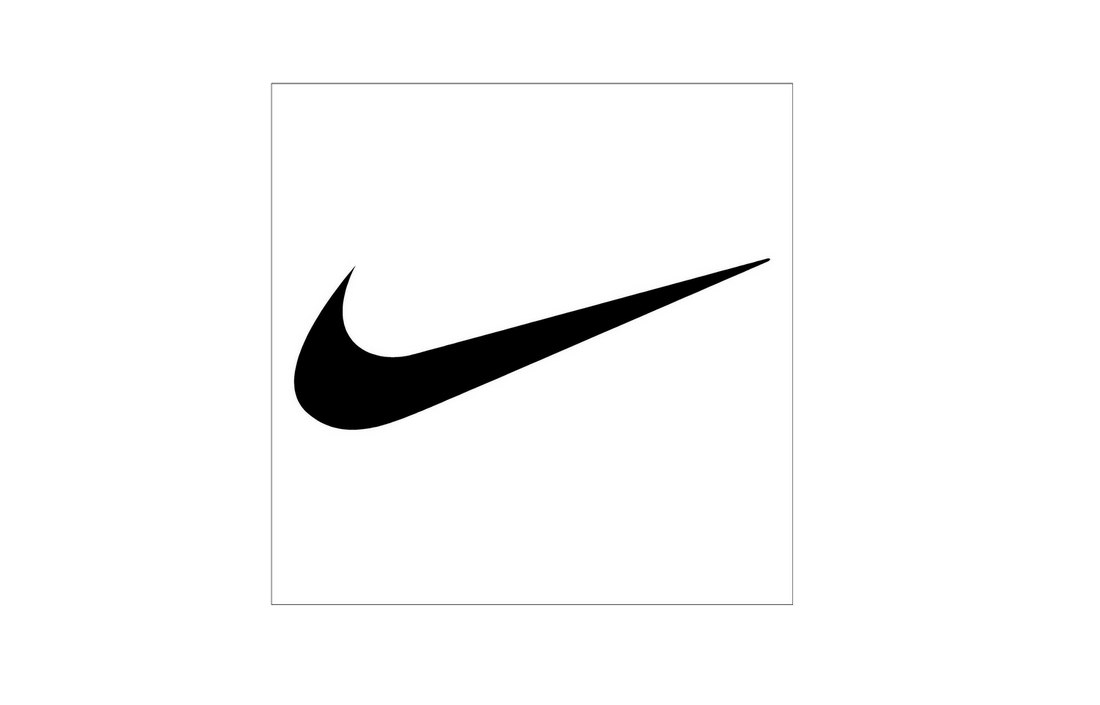

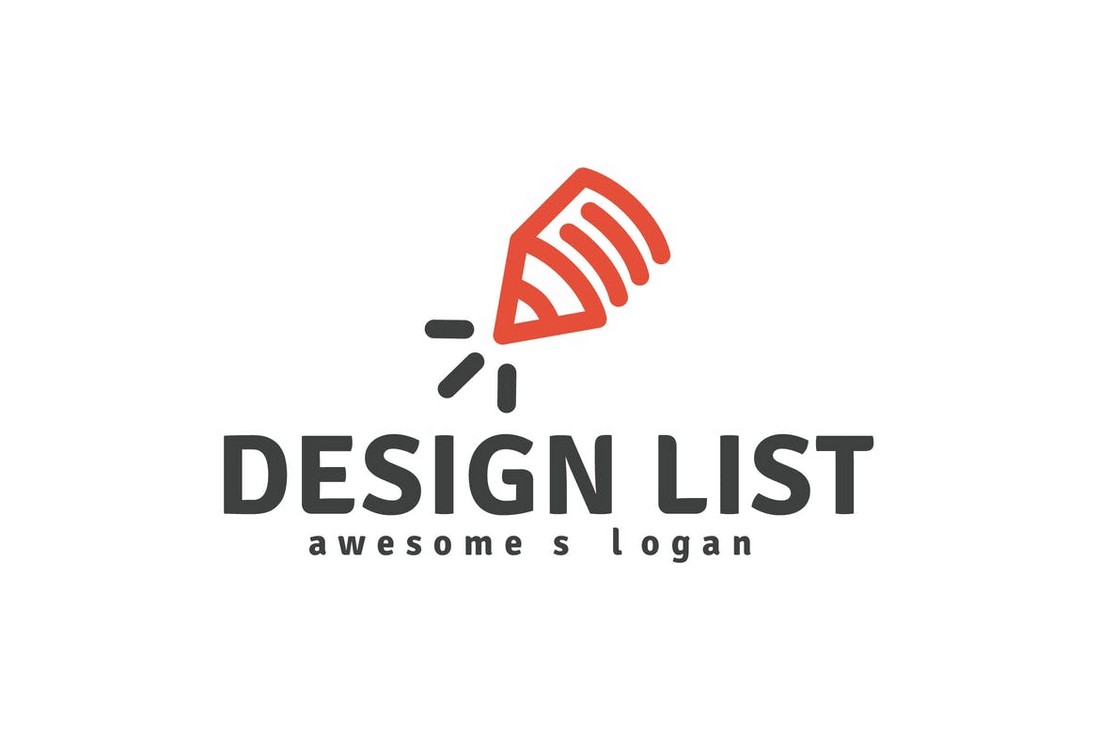


![Download Now: The Annual State of Artificial Intelligence in 2024 [Free Report]](https://no-cache.hubspot.com/cta/default/53/b72f2b25-8cc9-4642-9a1b-1e675d3d273b.png)









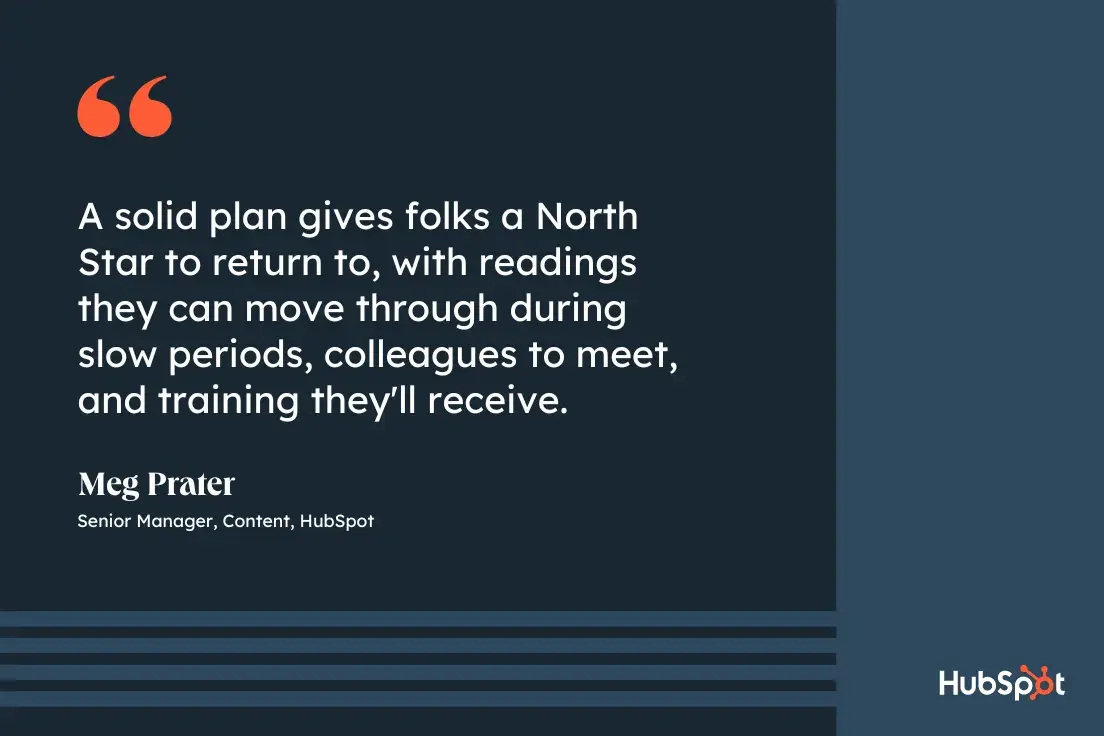
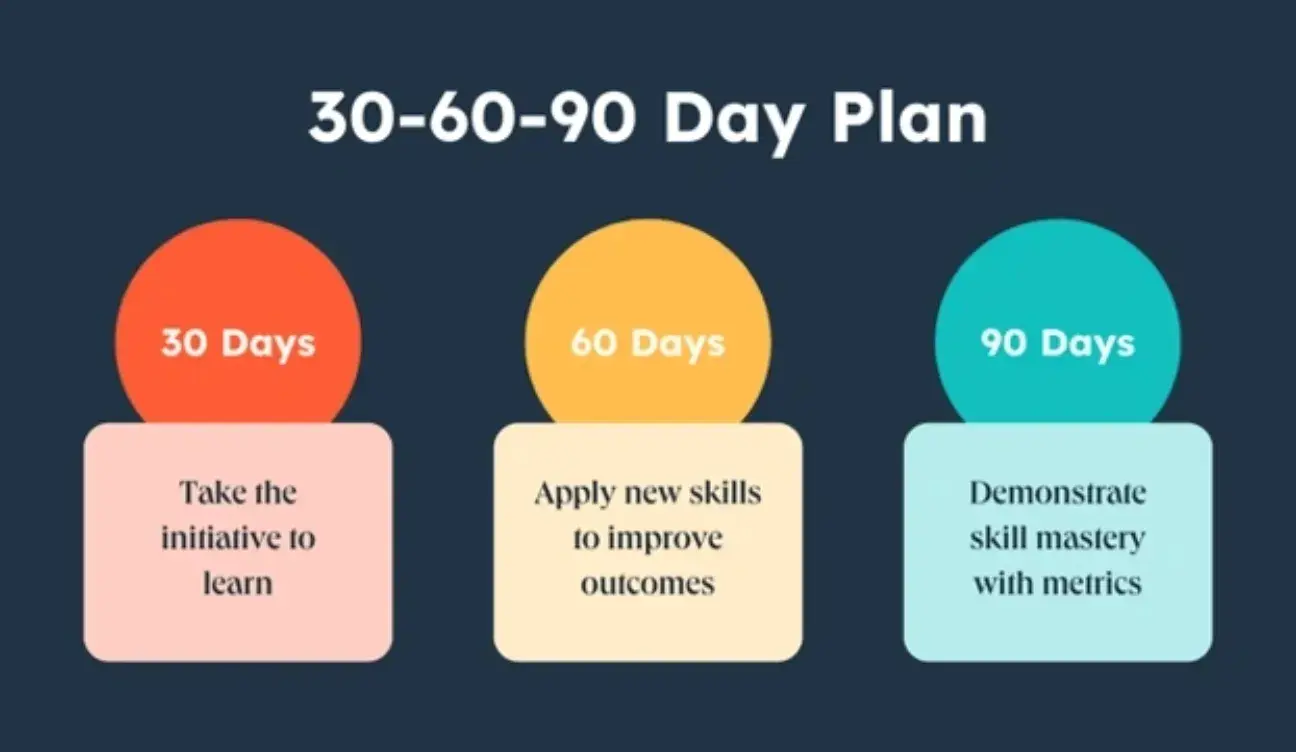
![30-60-90 day plan, quote graphic, [A 30-60-90 day plan] is a document meant to help you succeed. Of course, it will need to be different for each person who joins., Meg Prater, Senior Manager of Content, HubSpot](https://knowledge.hubspot.com/hs-fs/hubfs/30-60-90-day-plan-3-20240925-8938178.webp?width=650&height=433&name=30-60-90-day-plan-3-20240925-8938178.webp)

